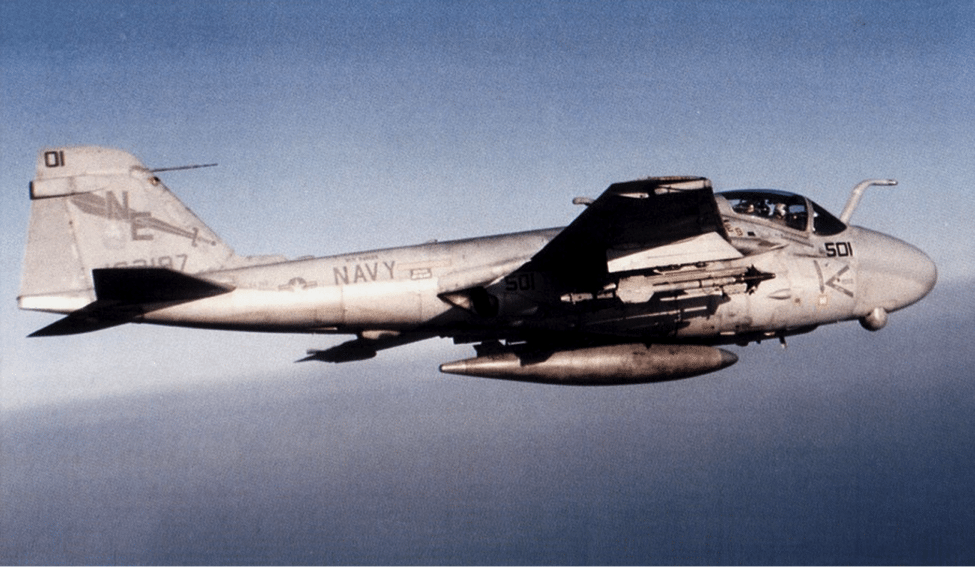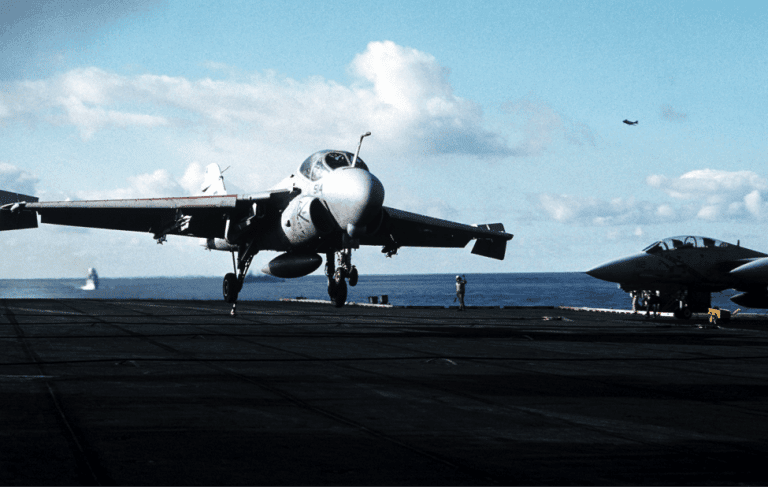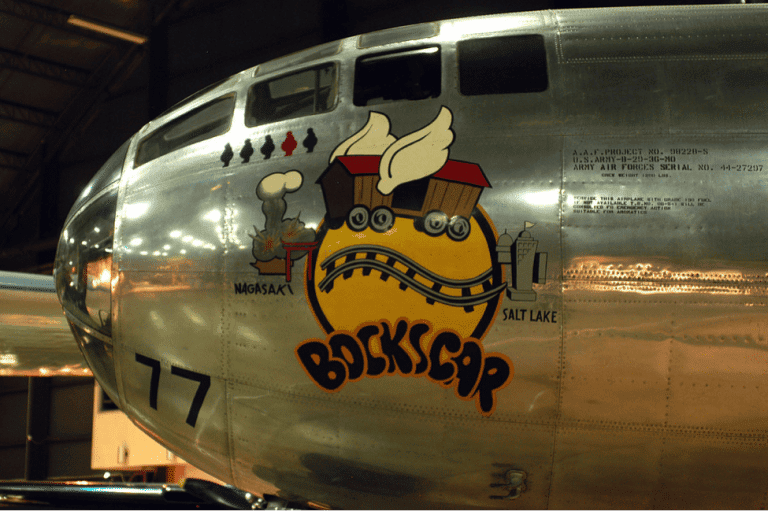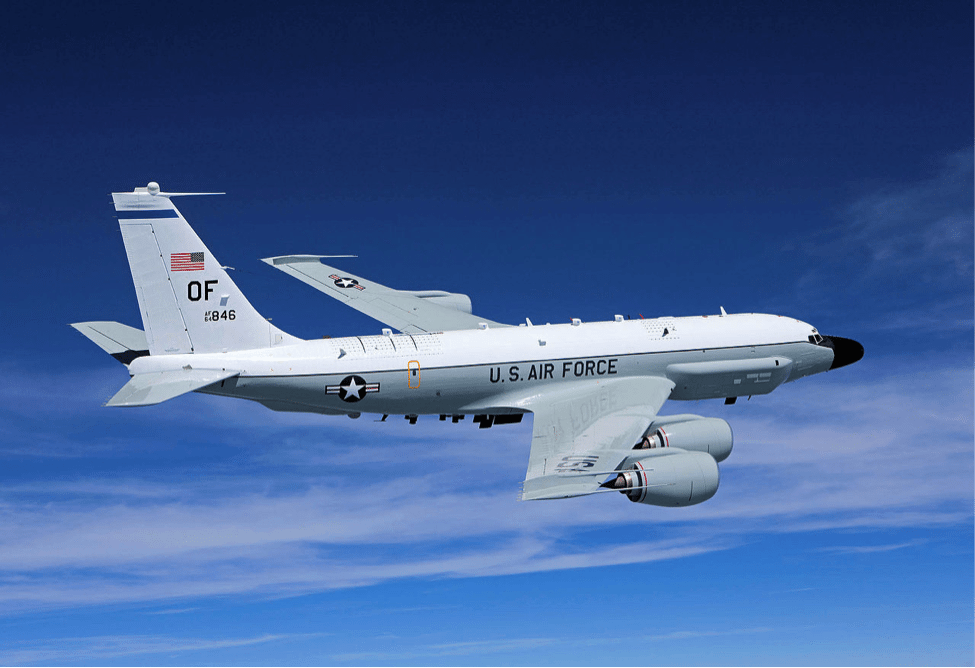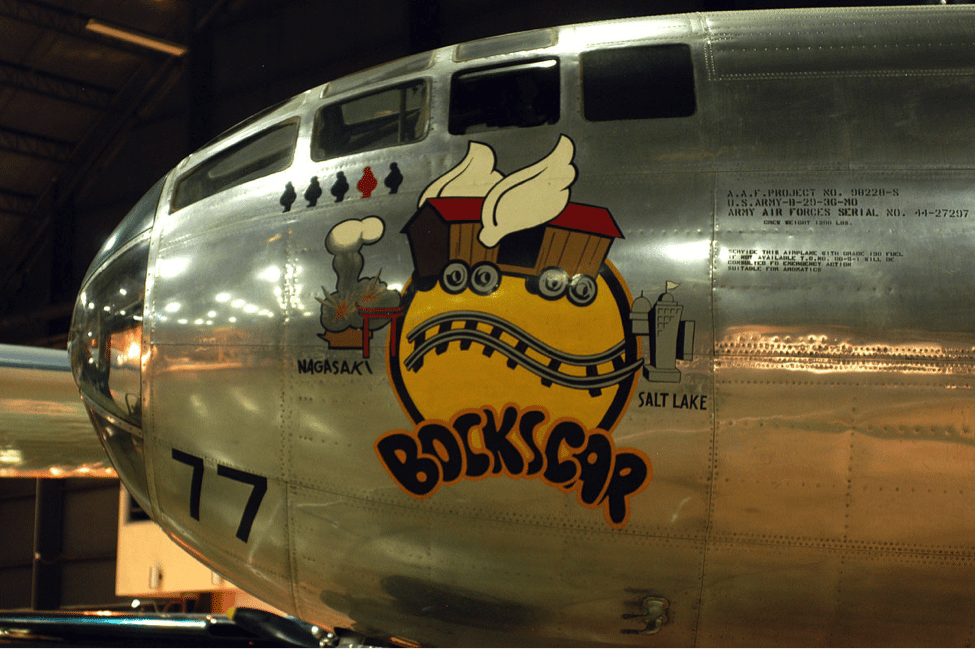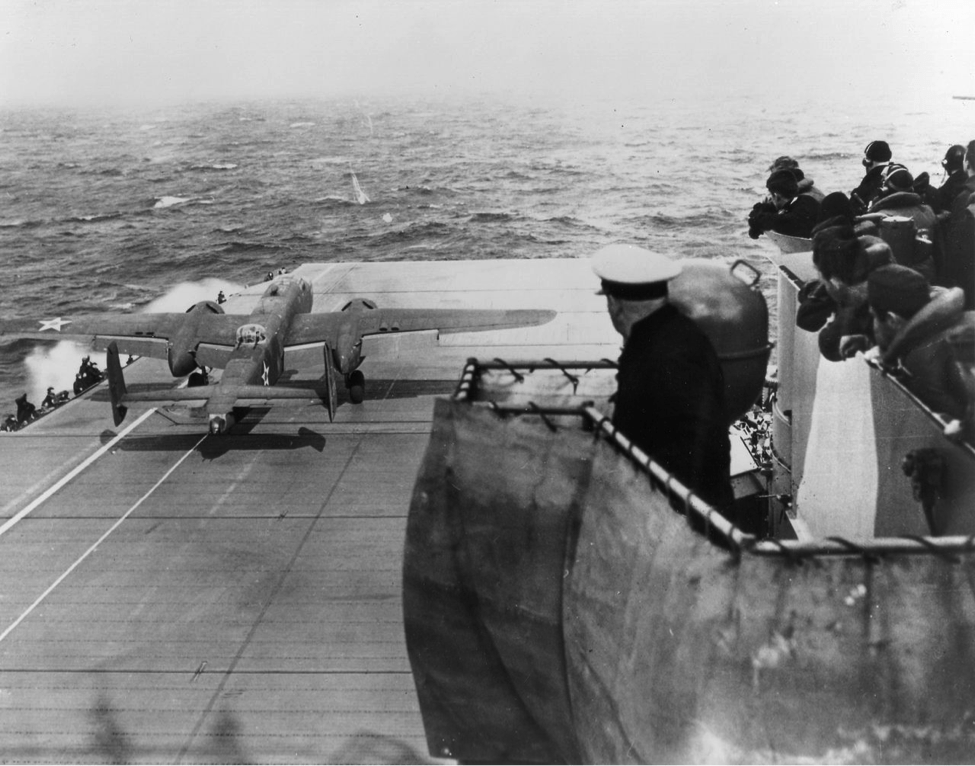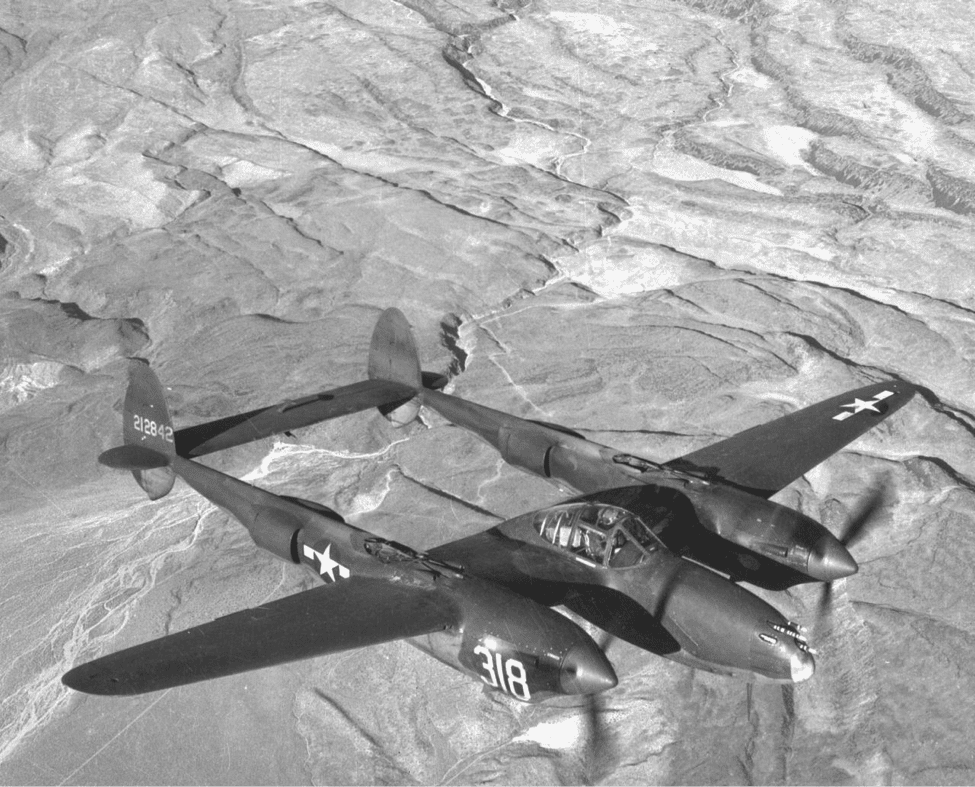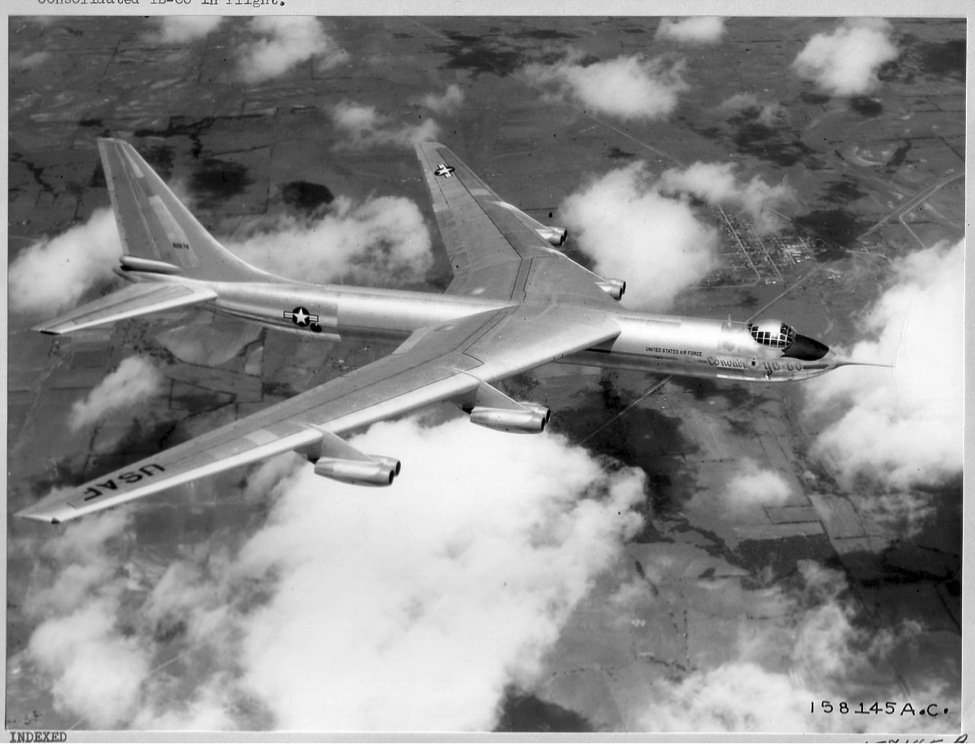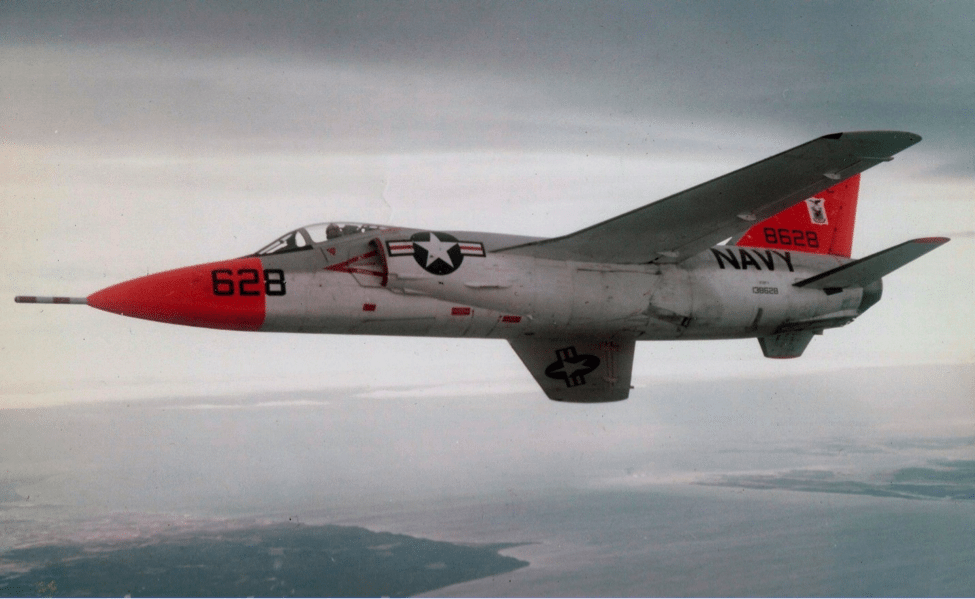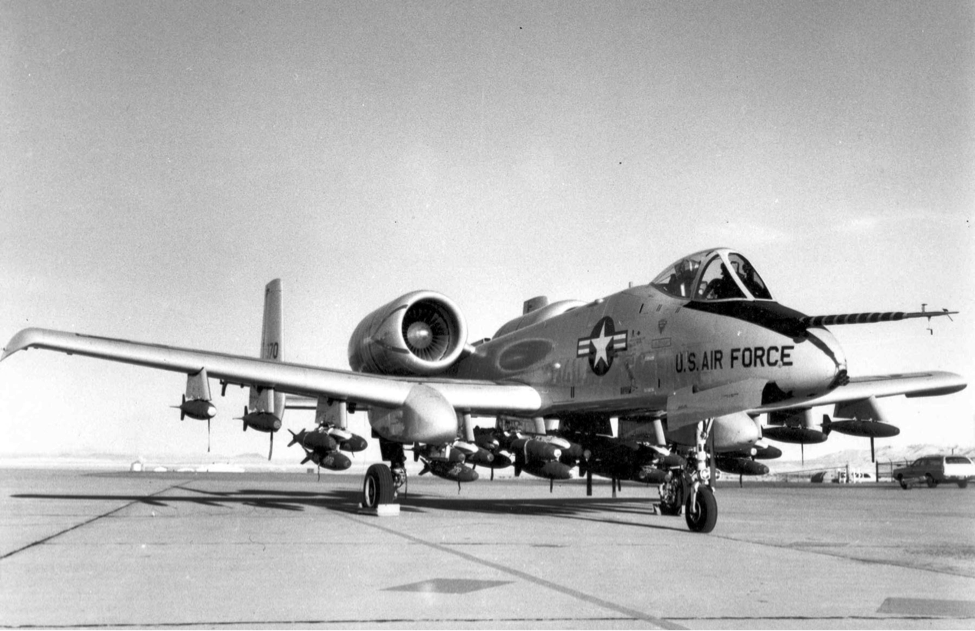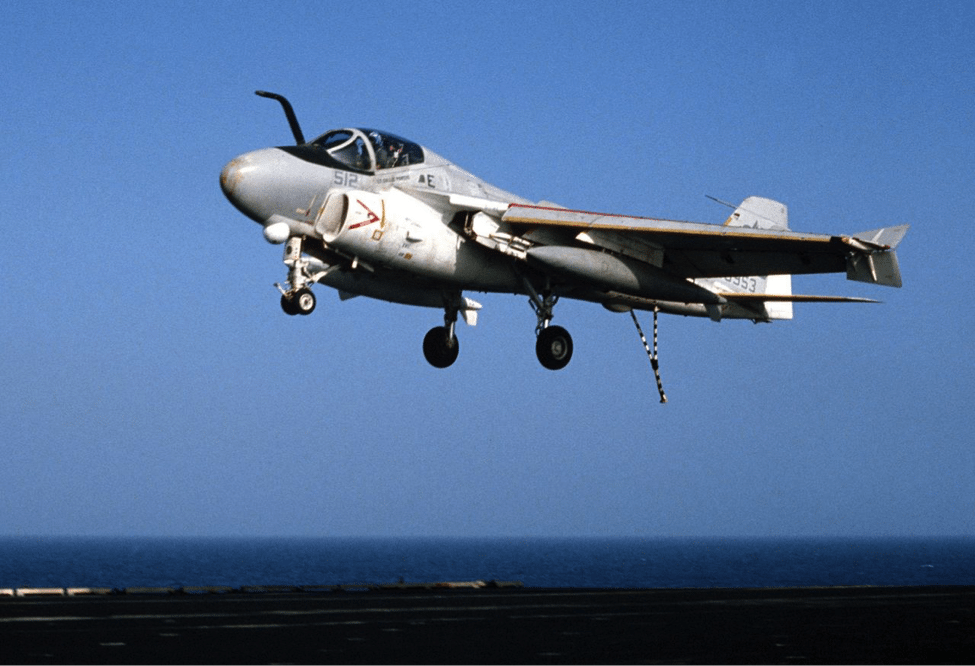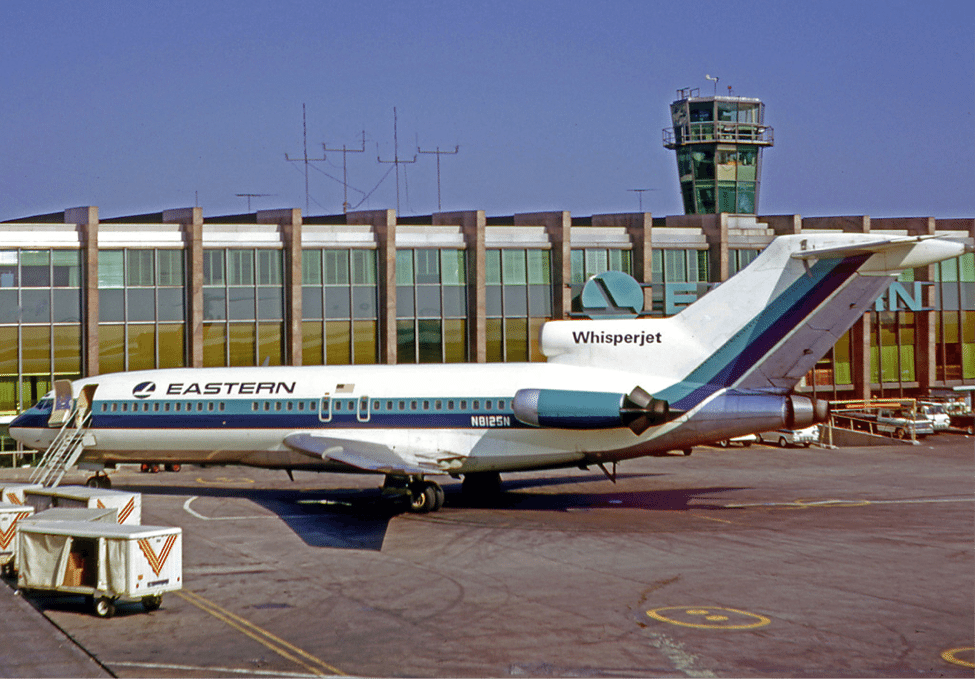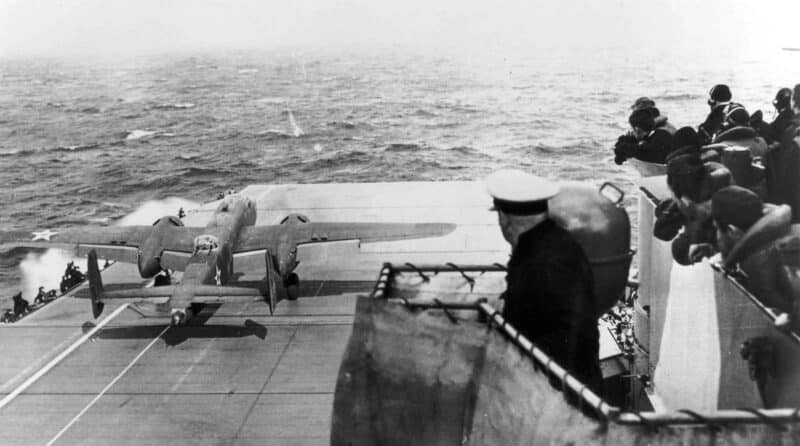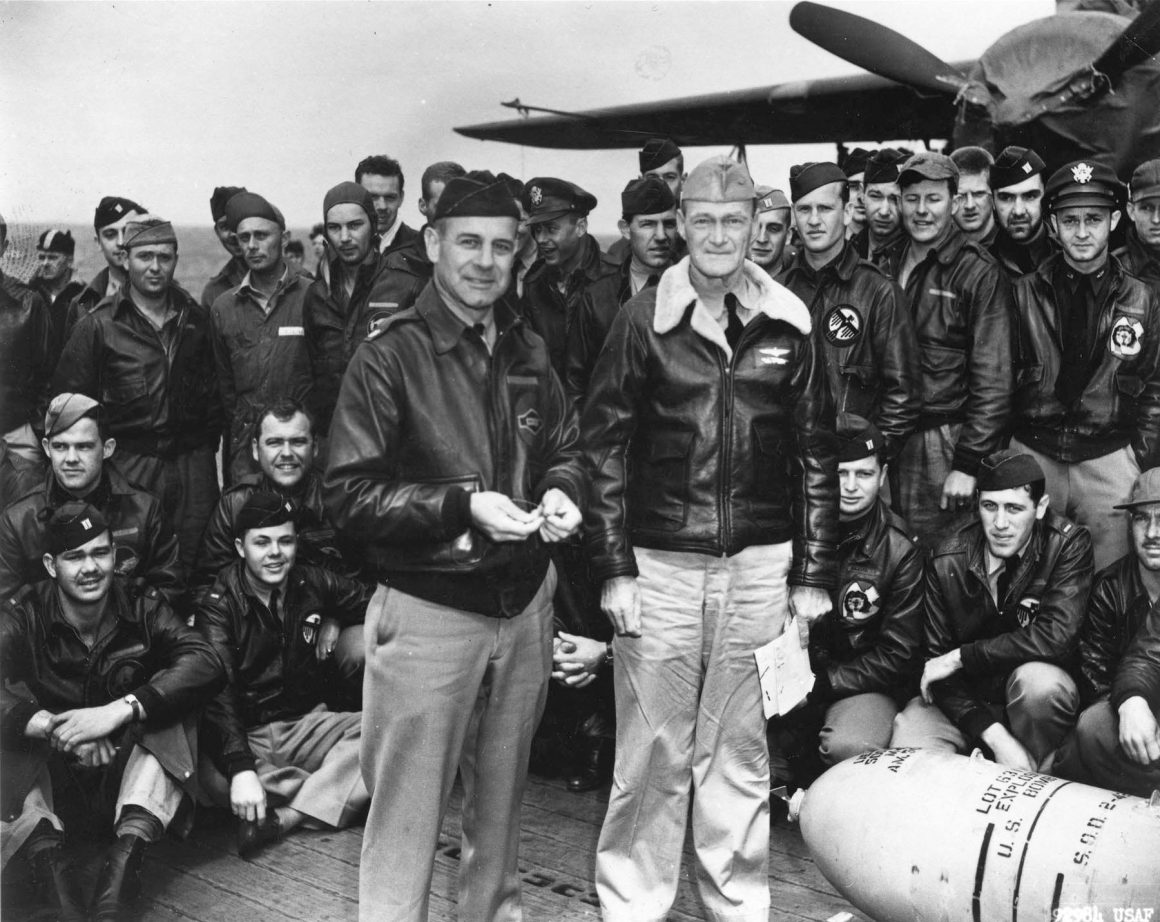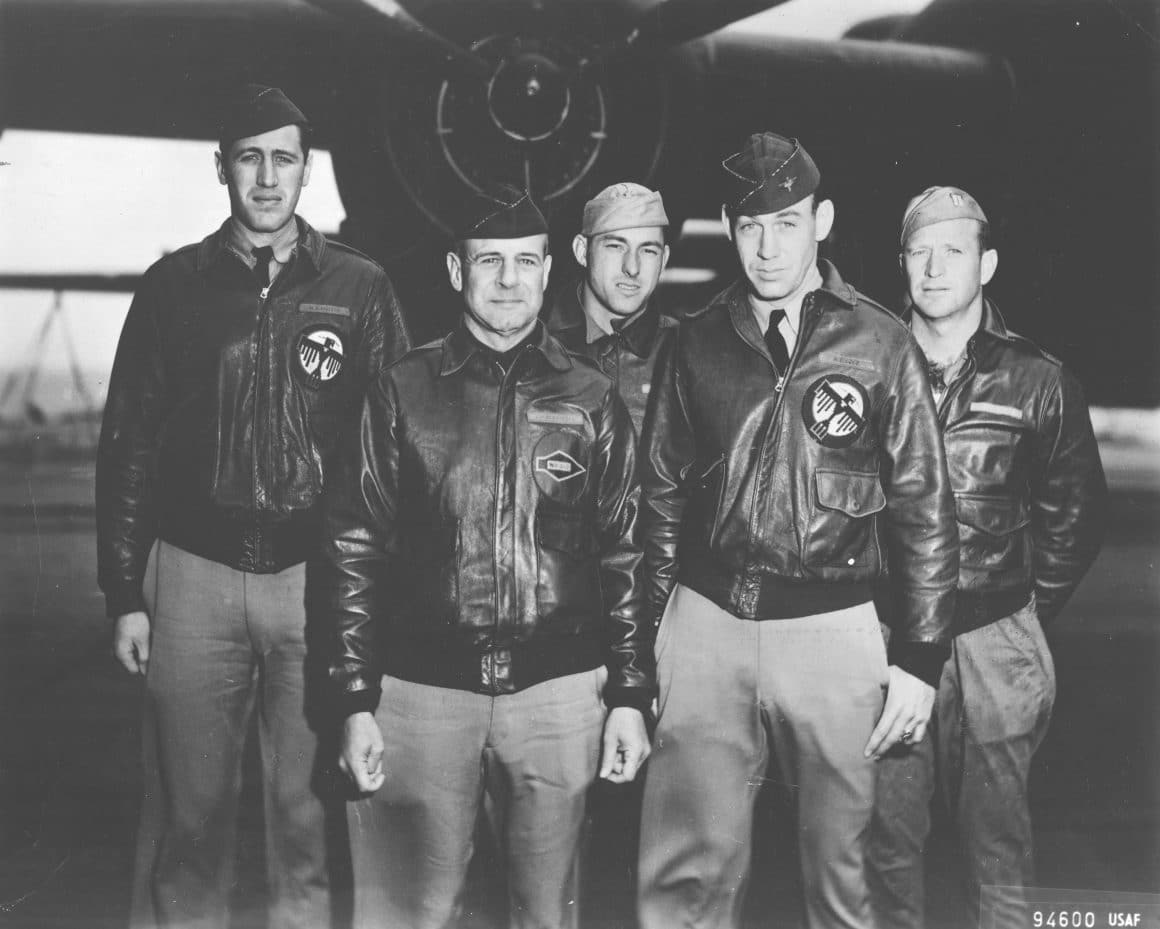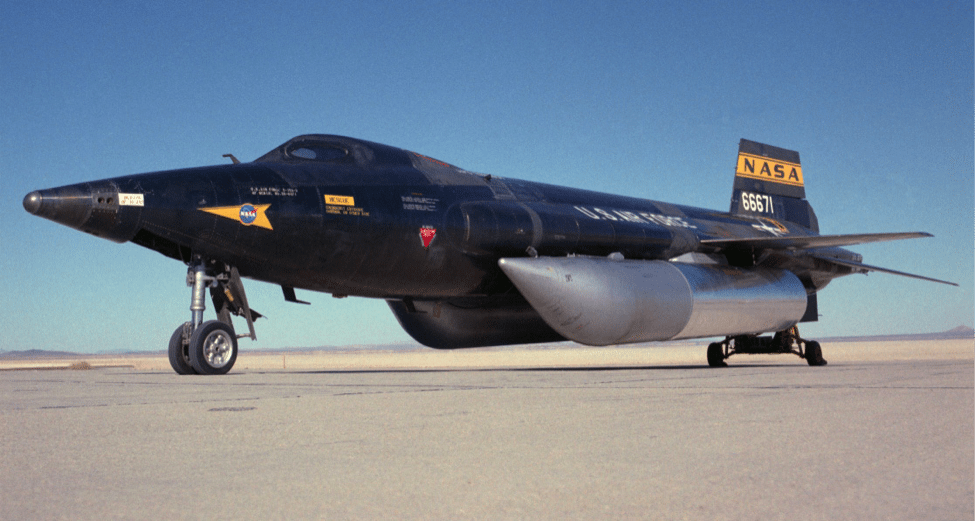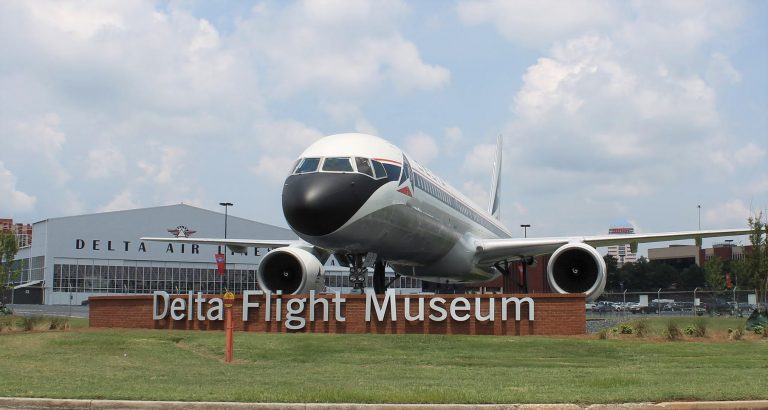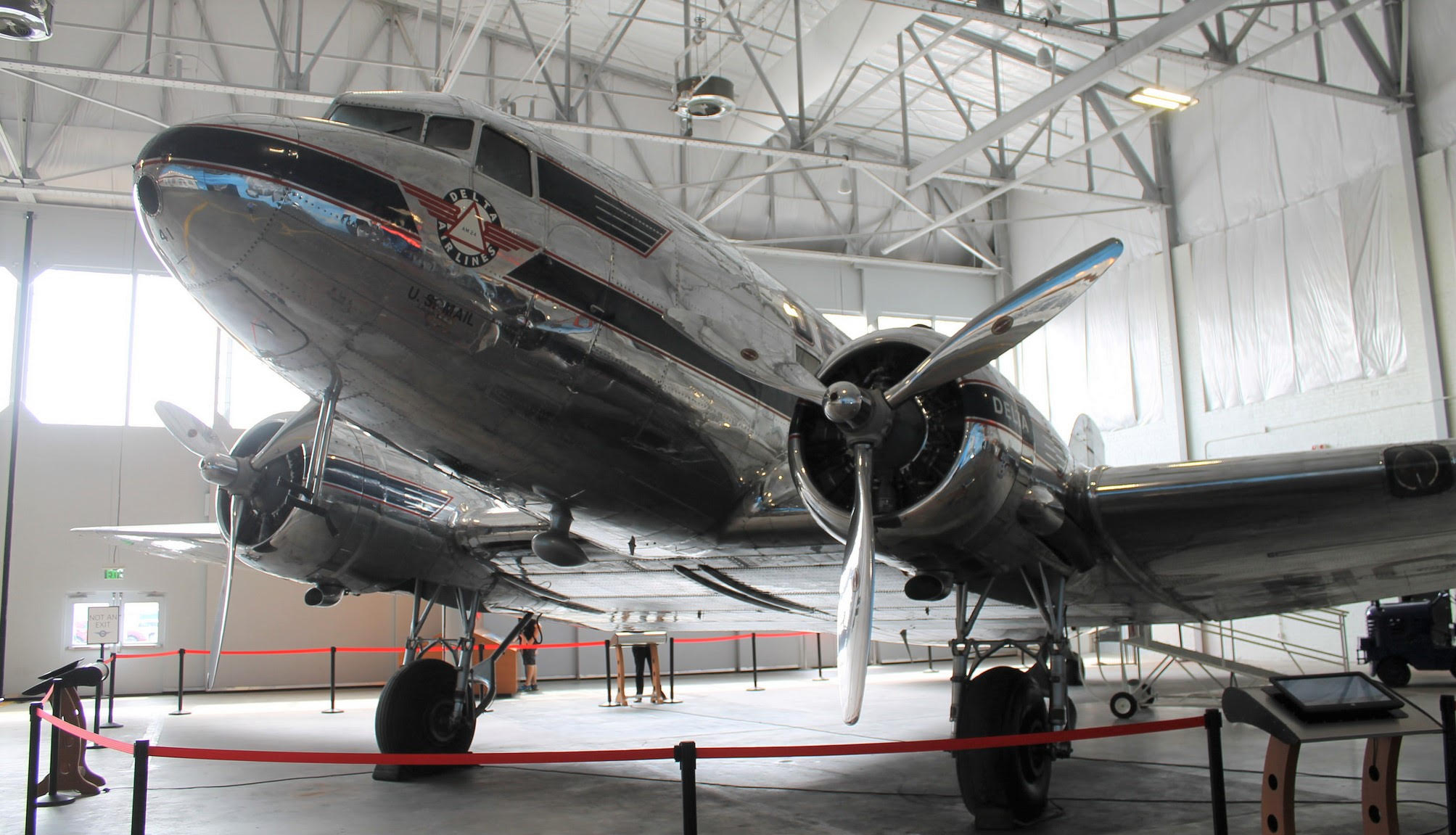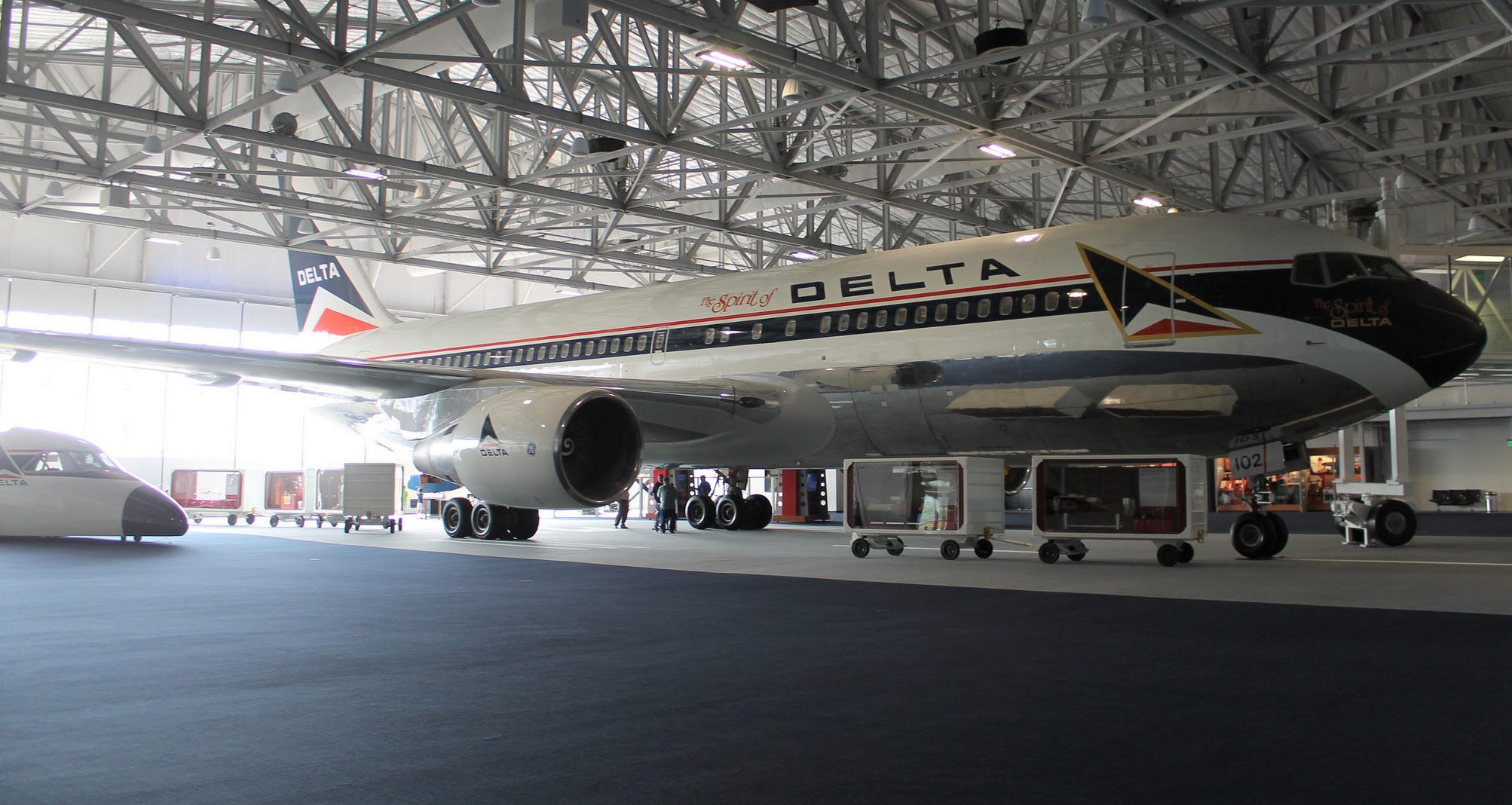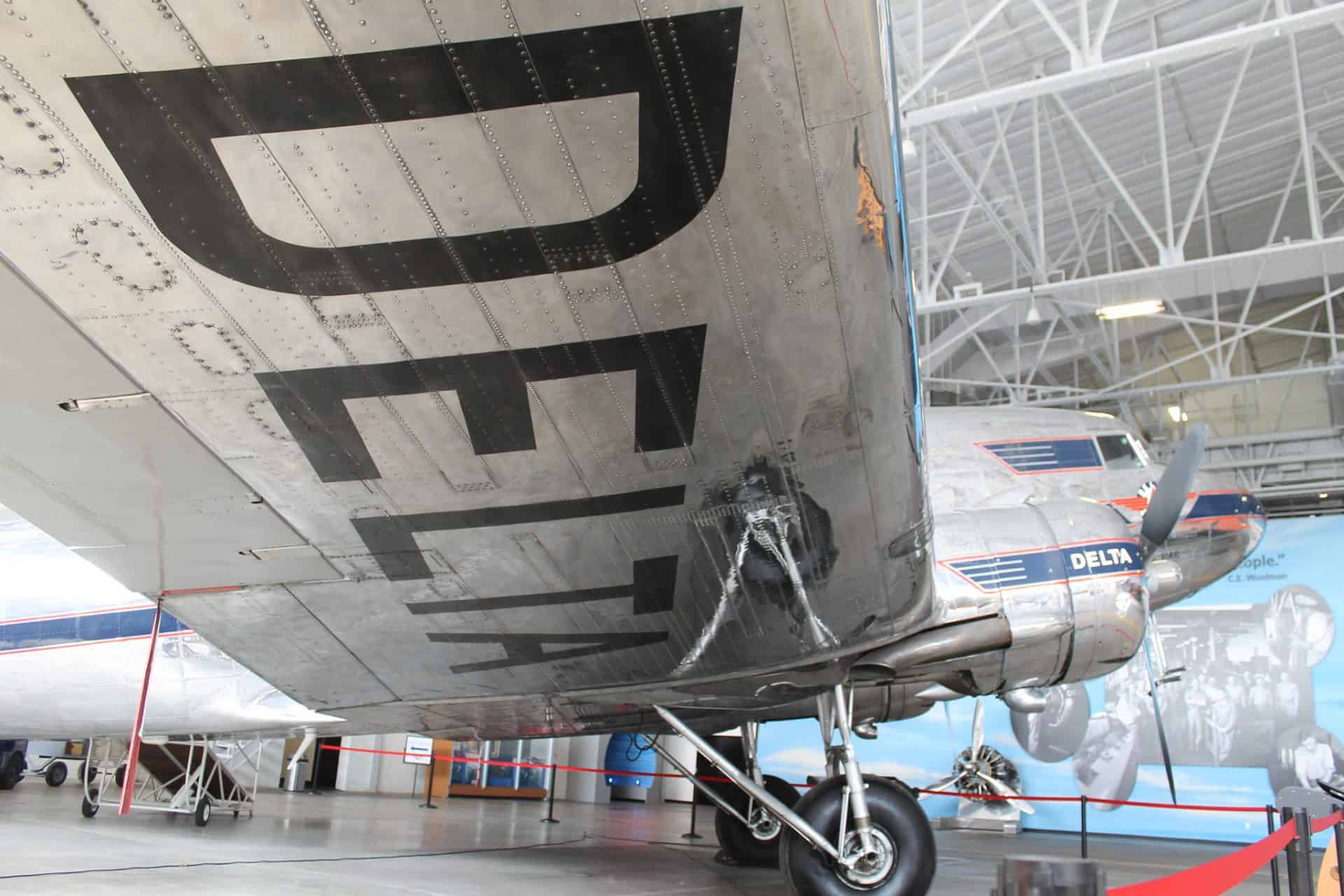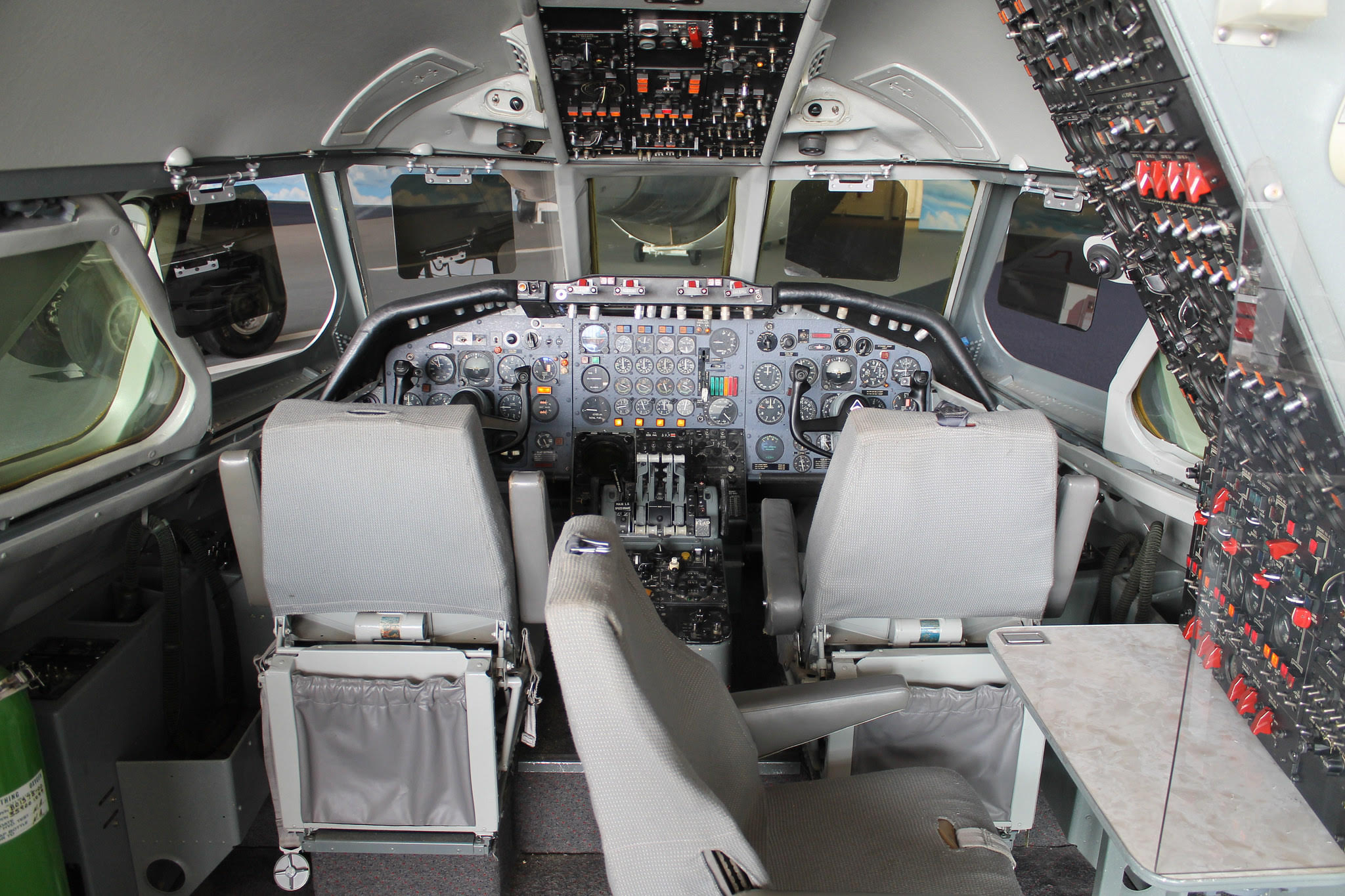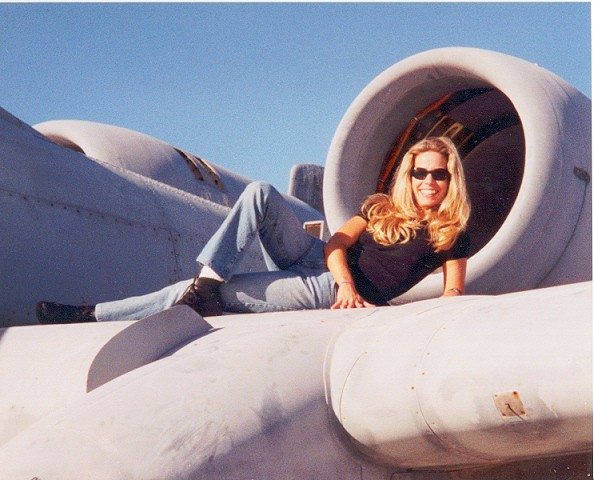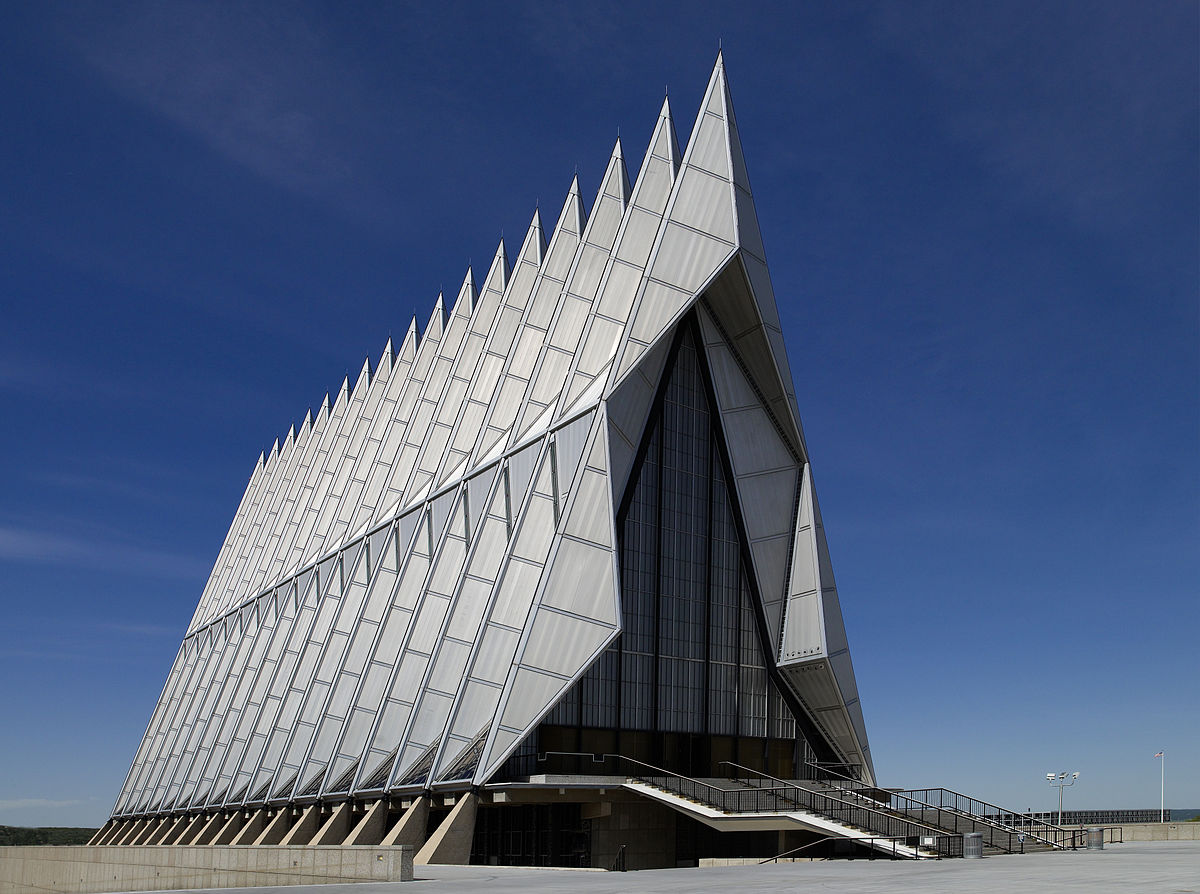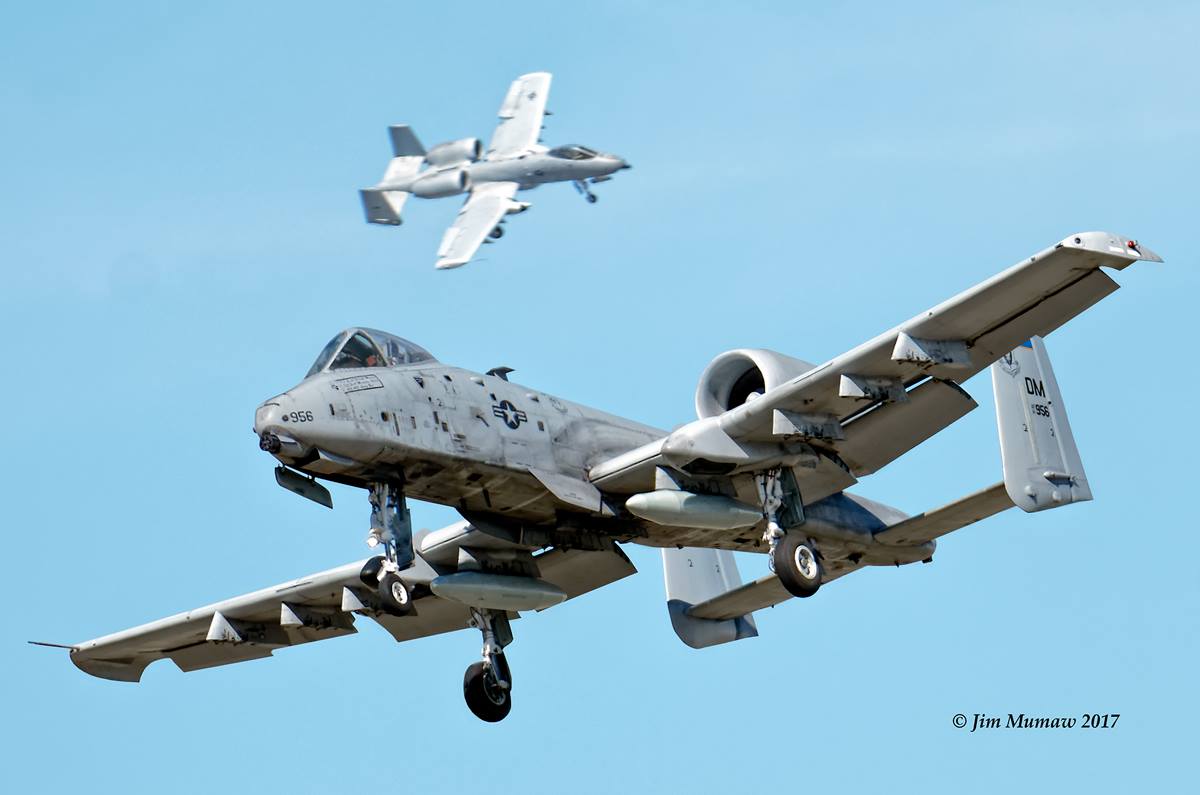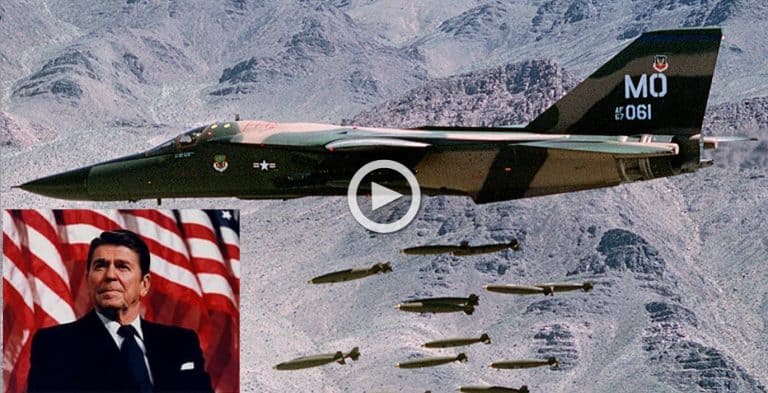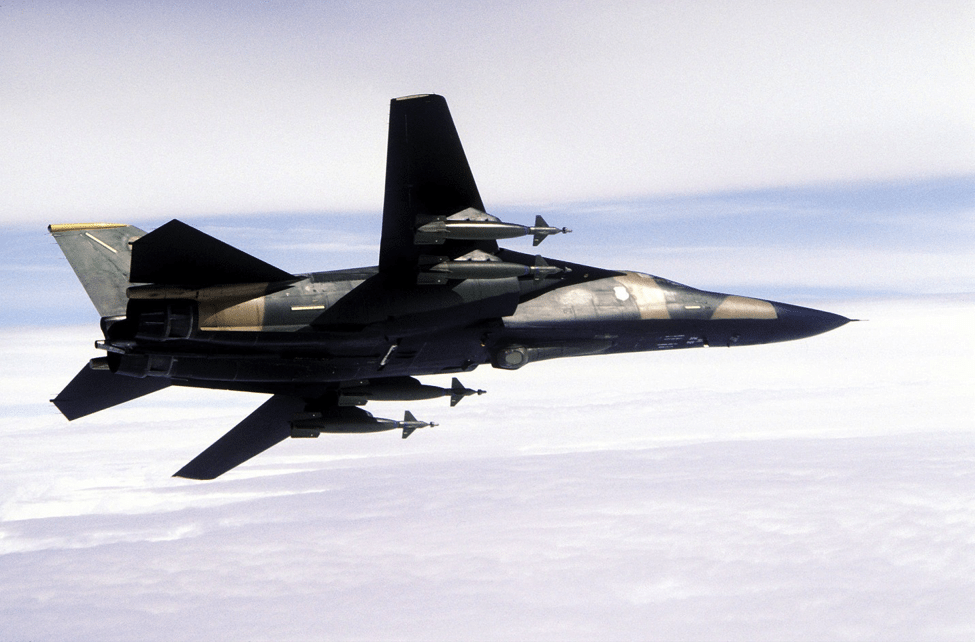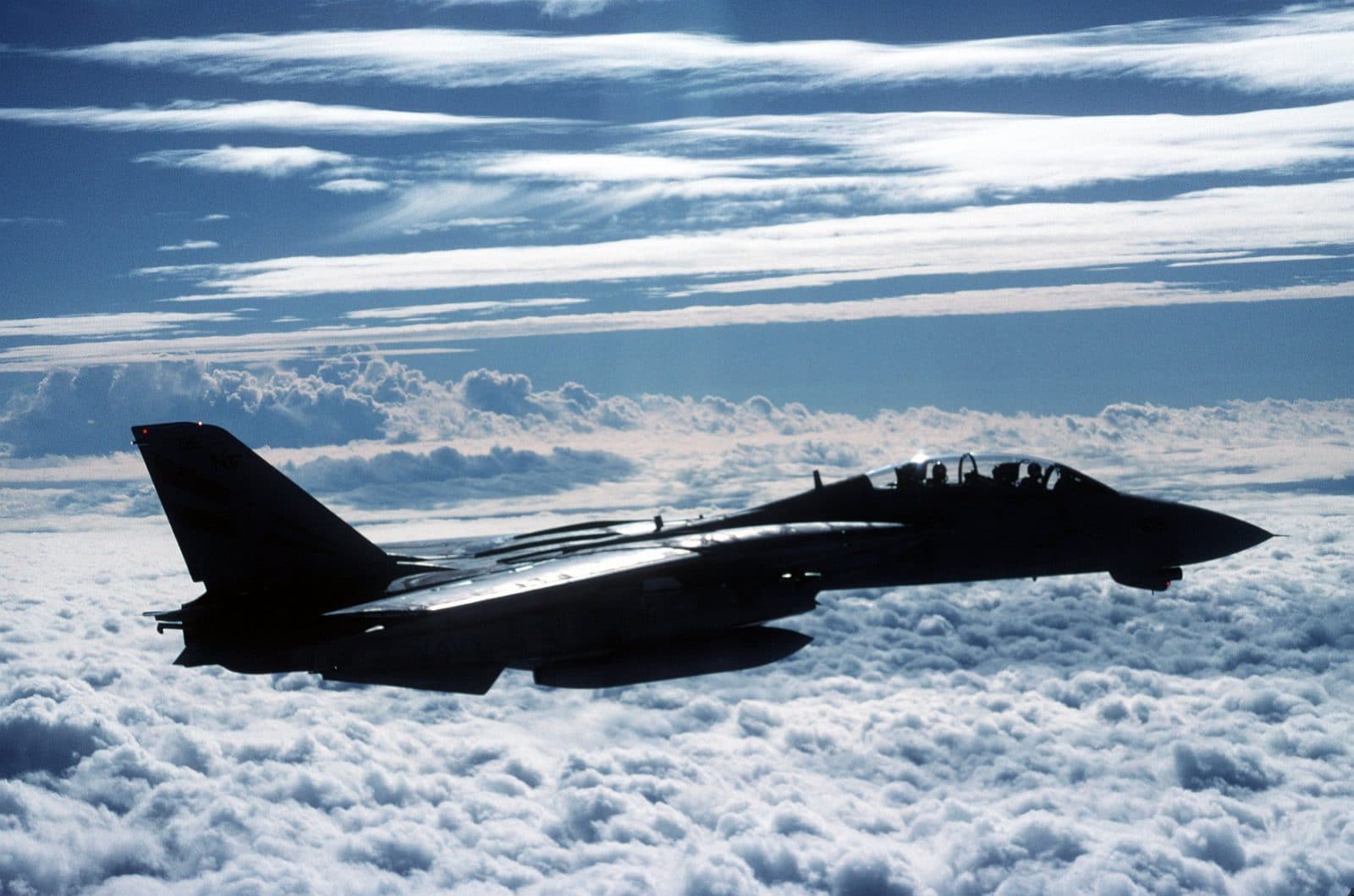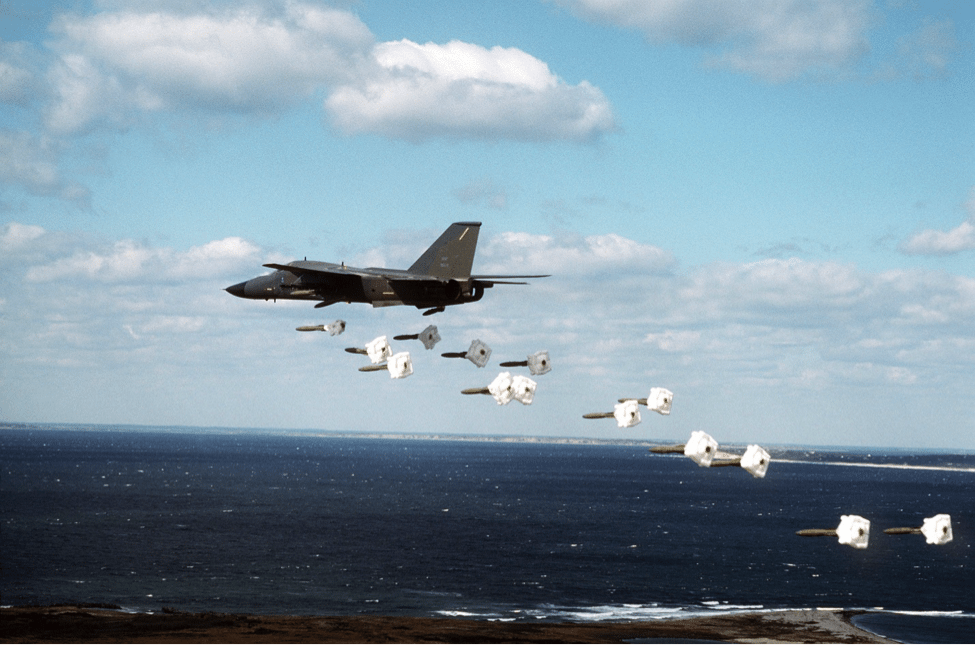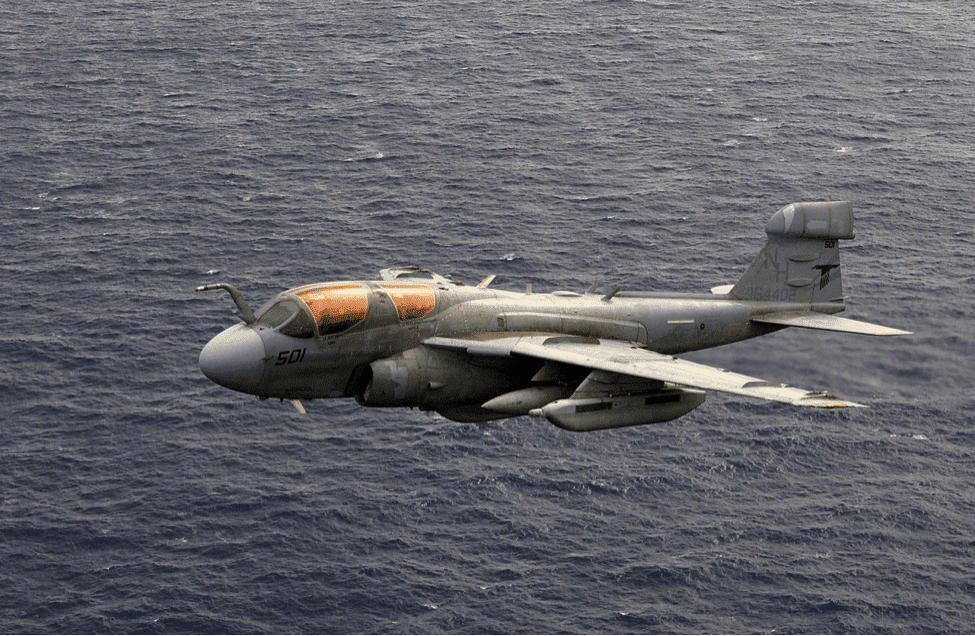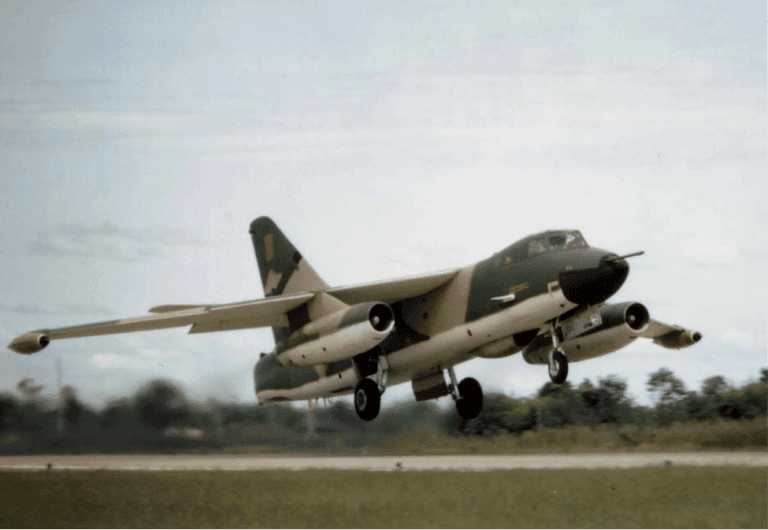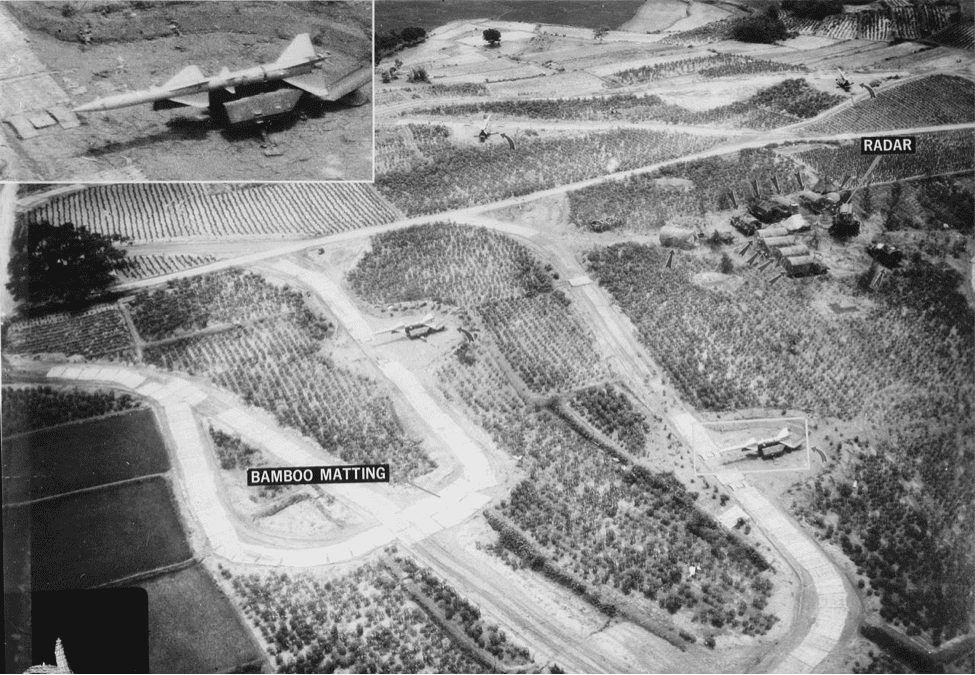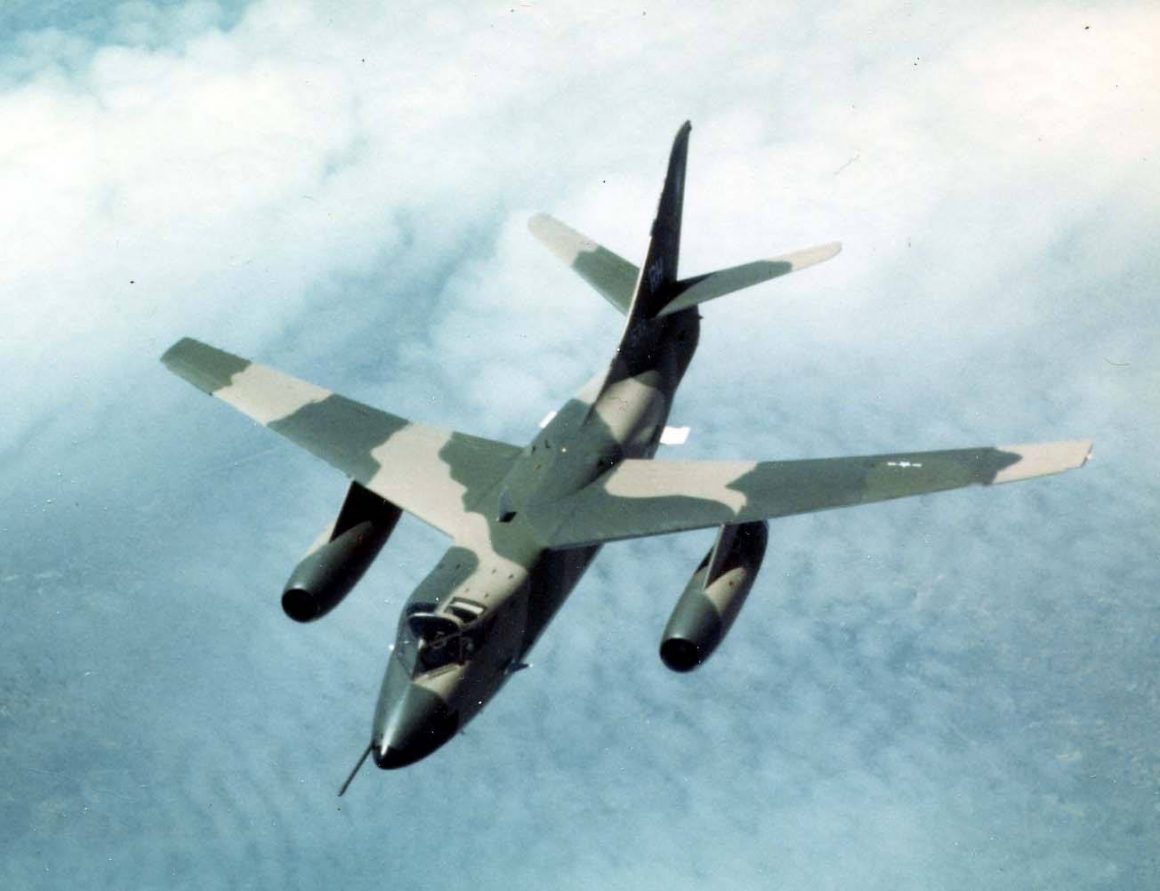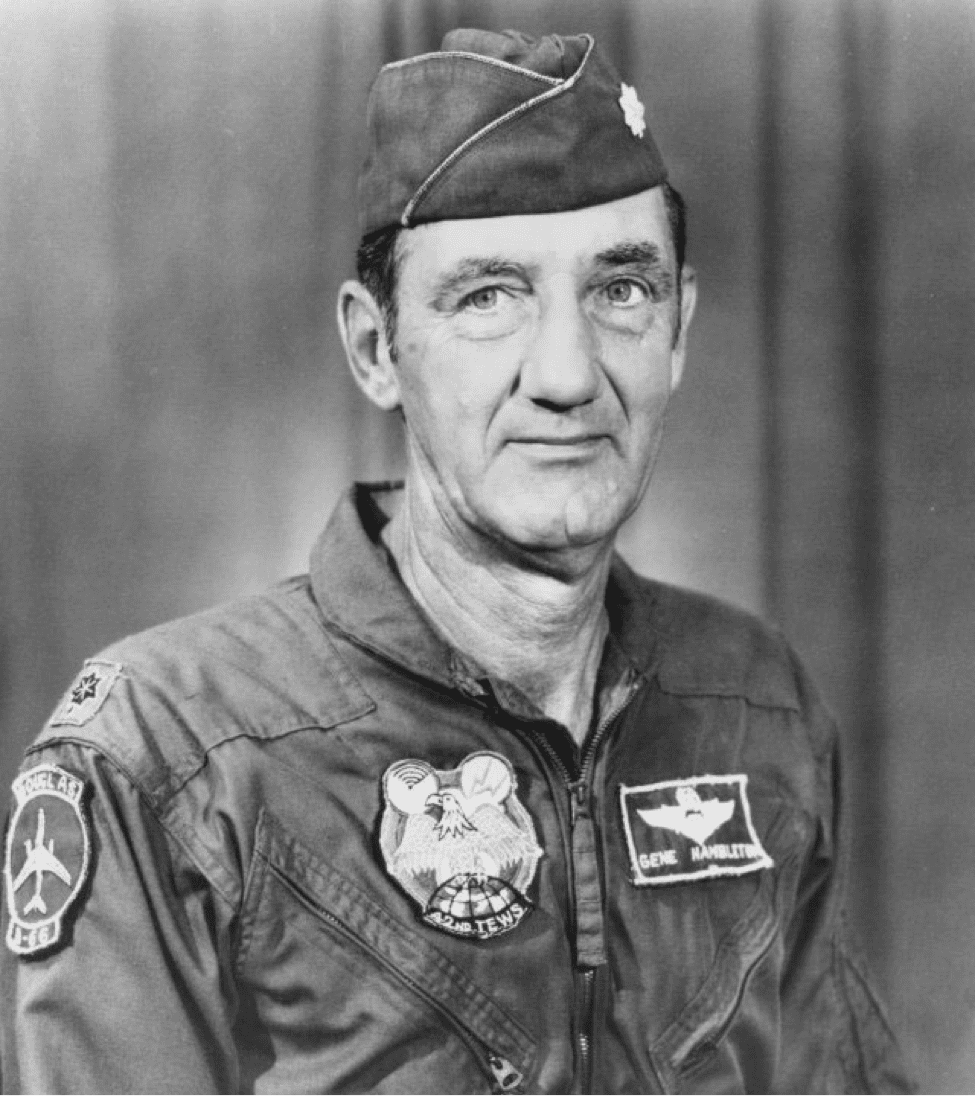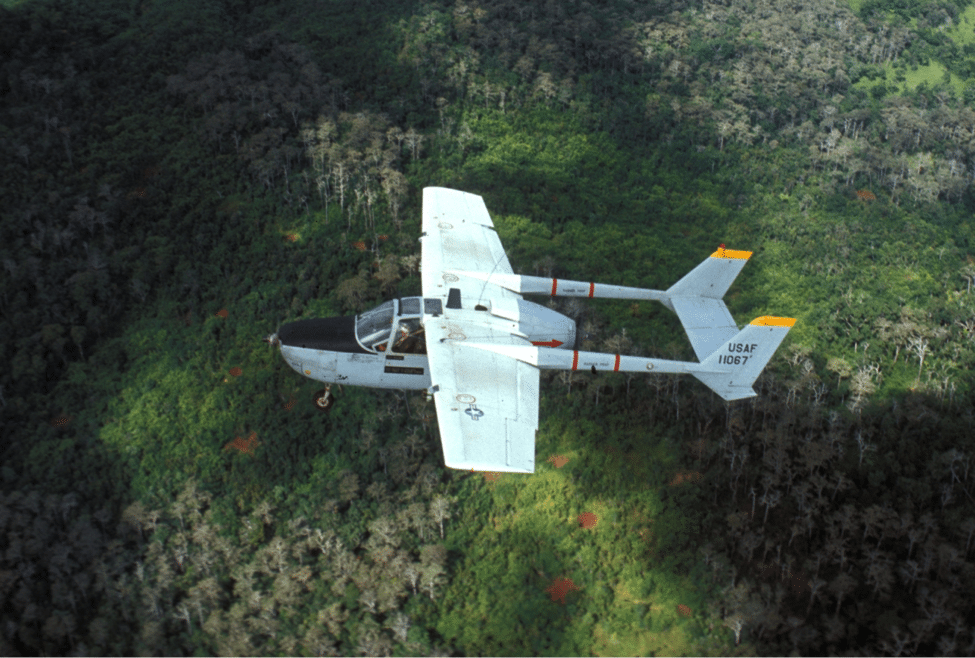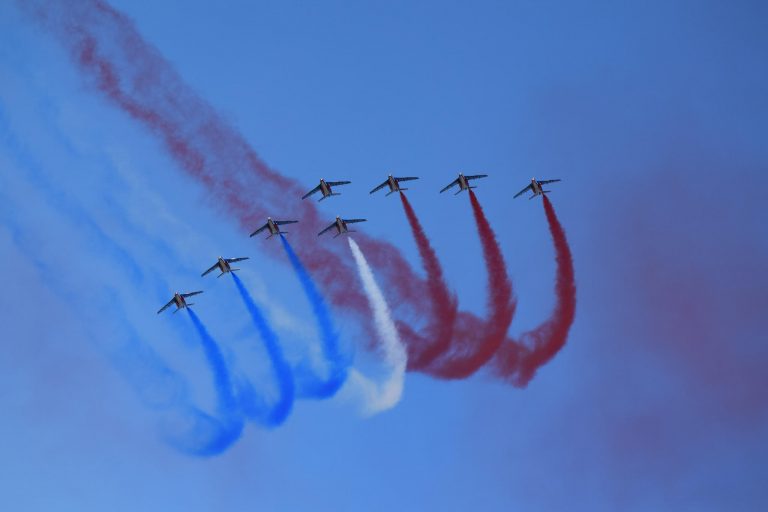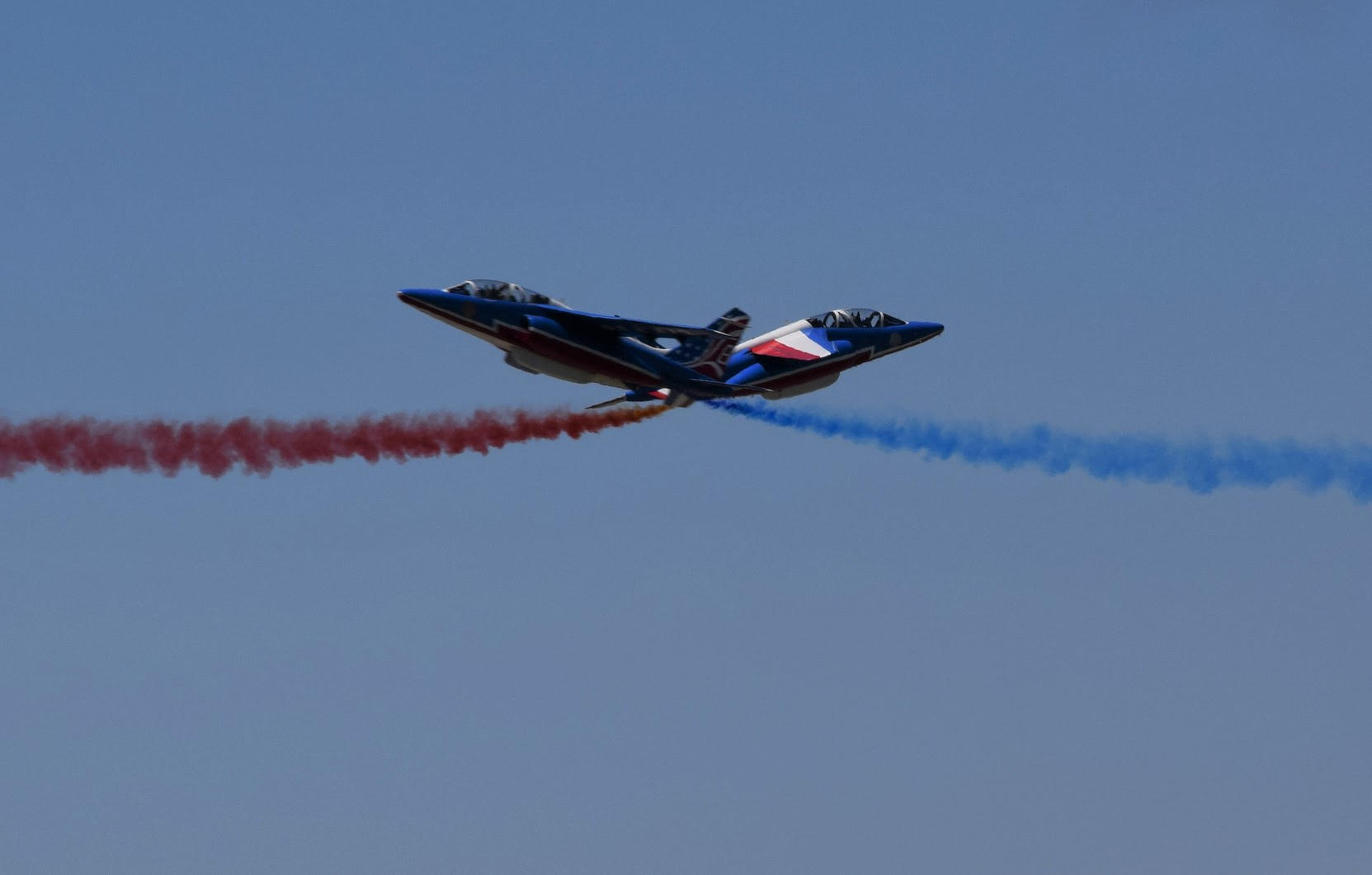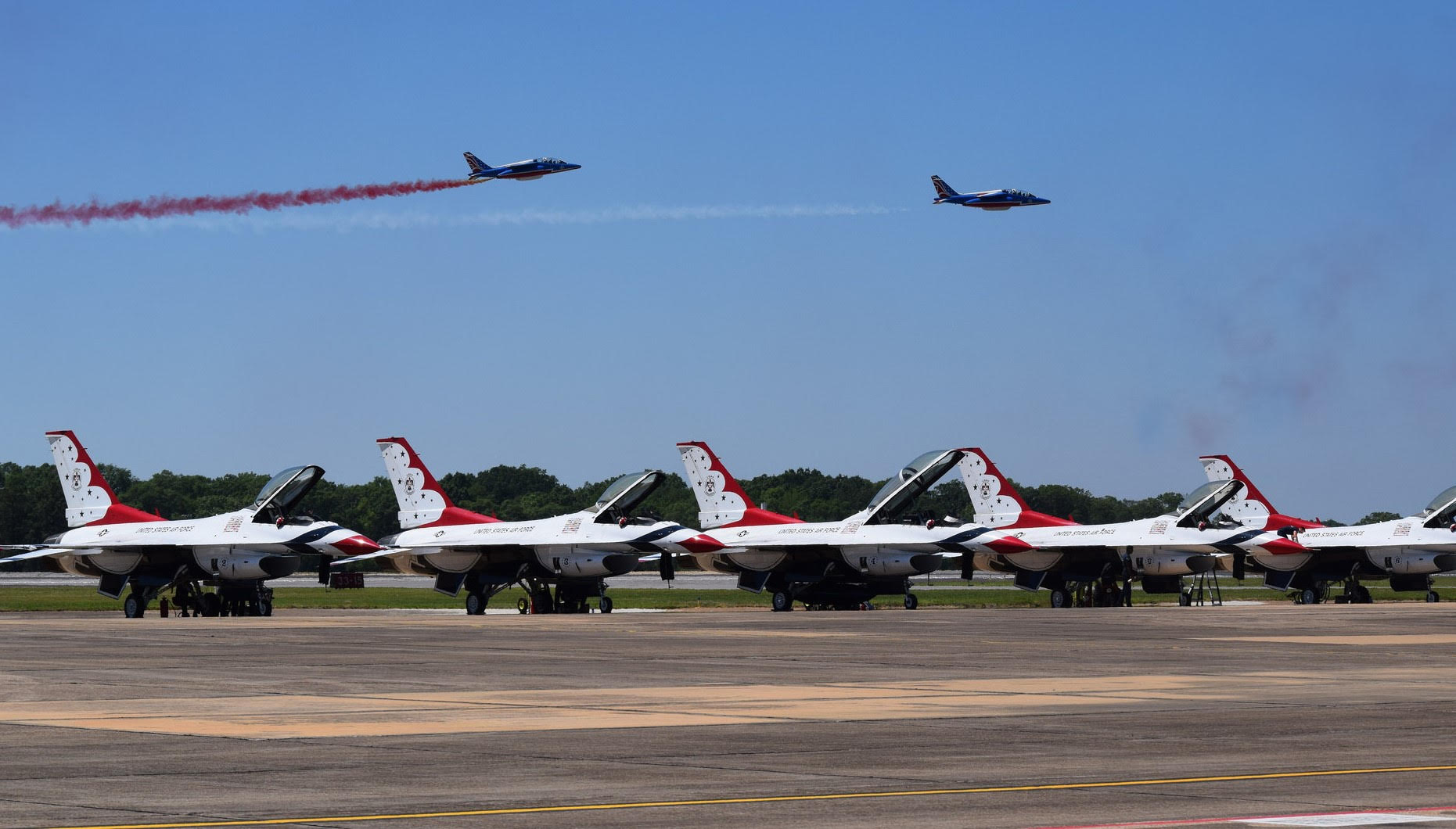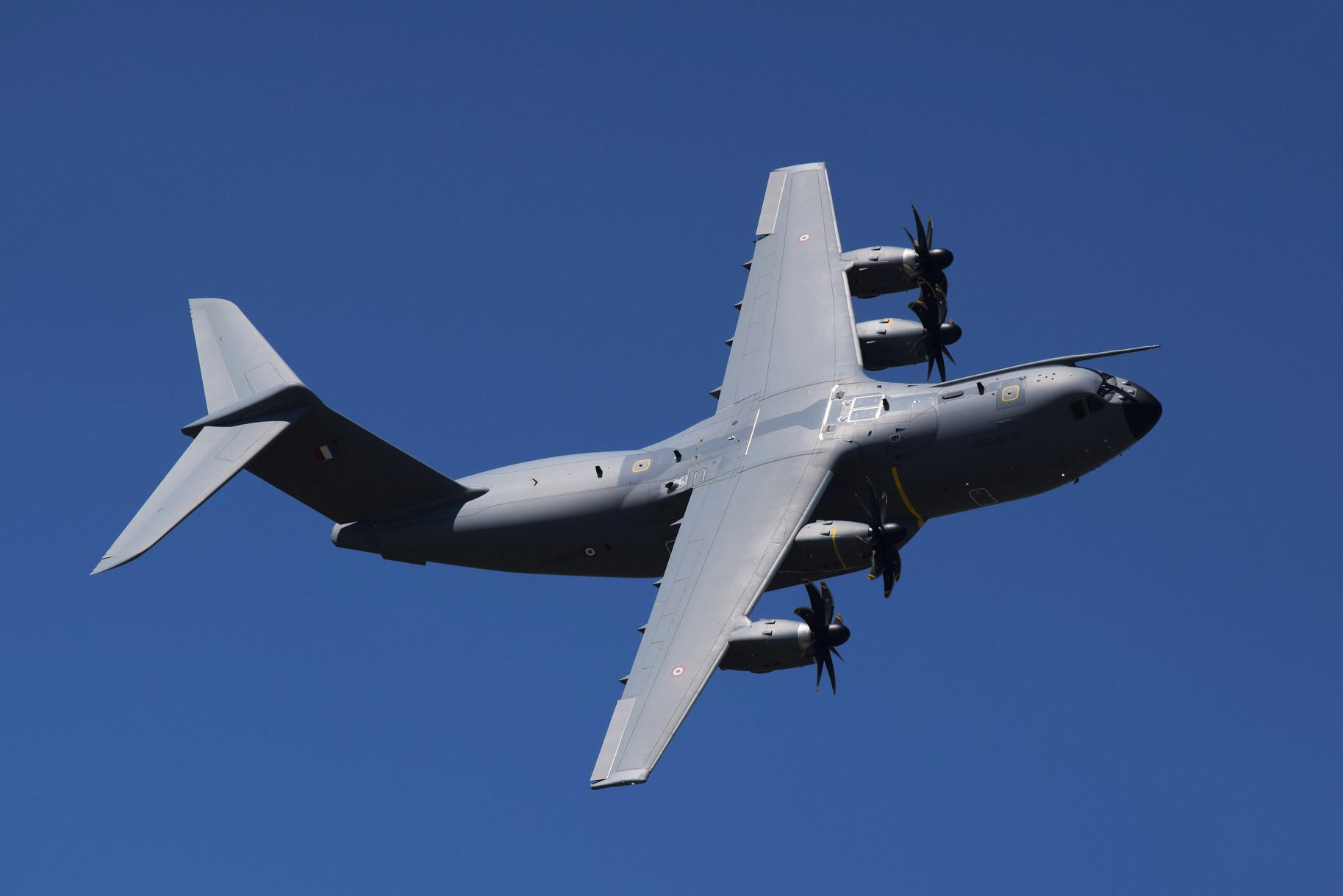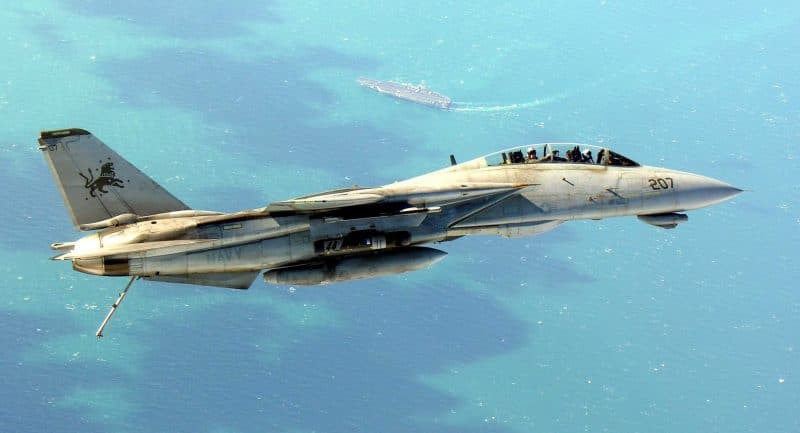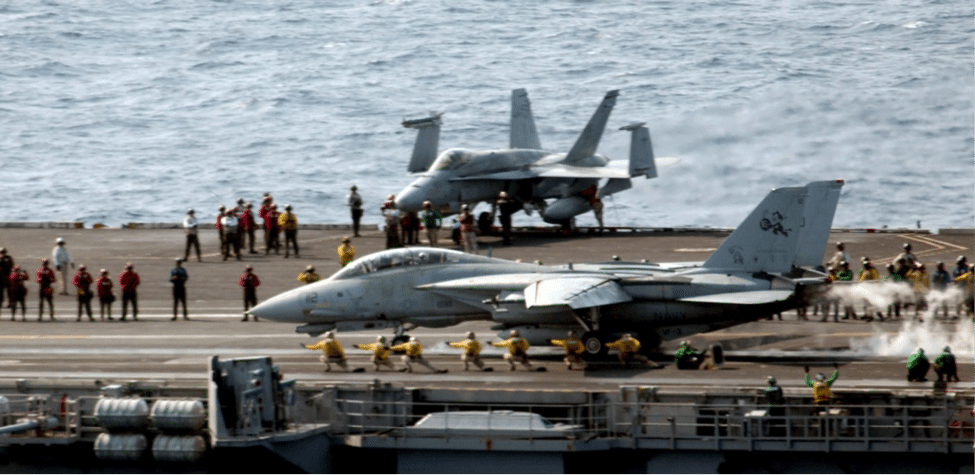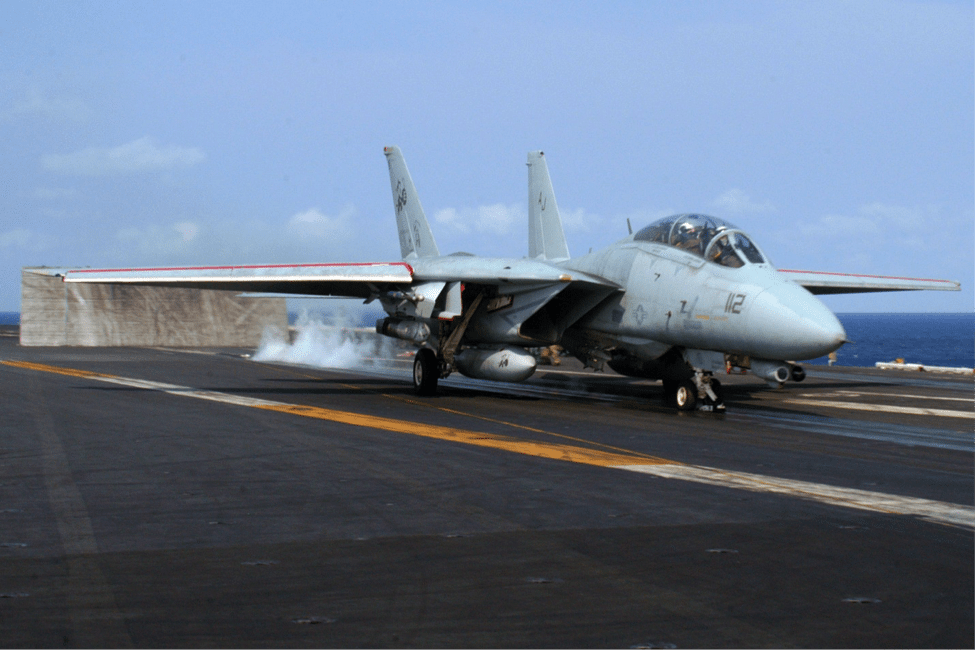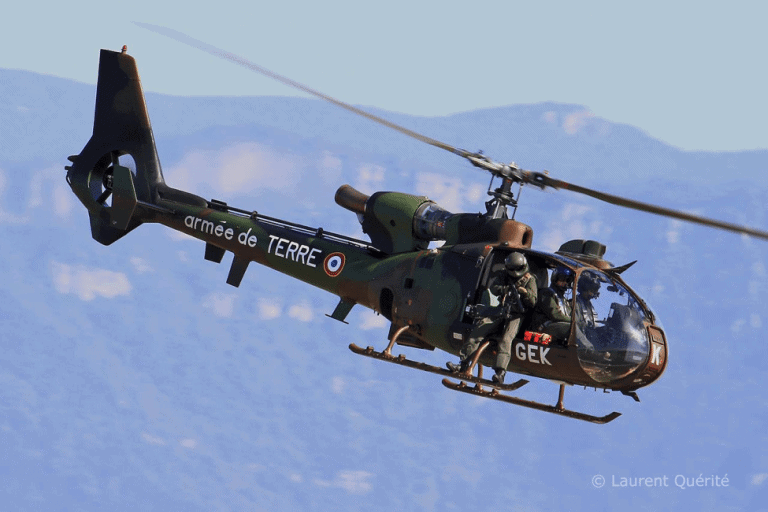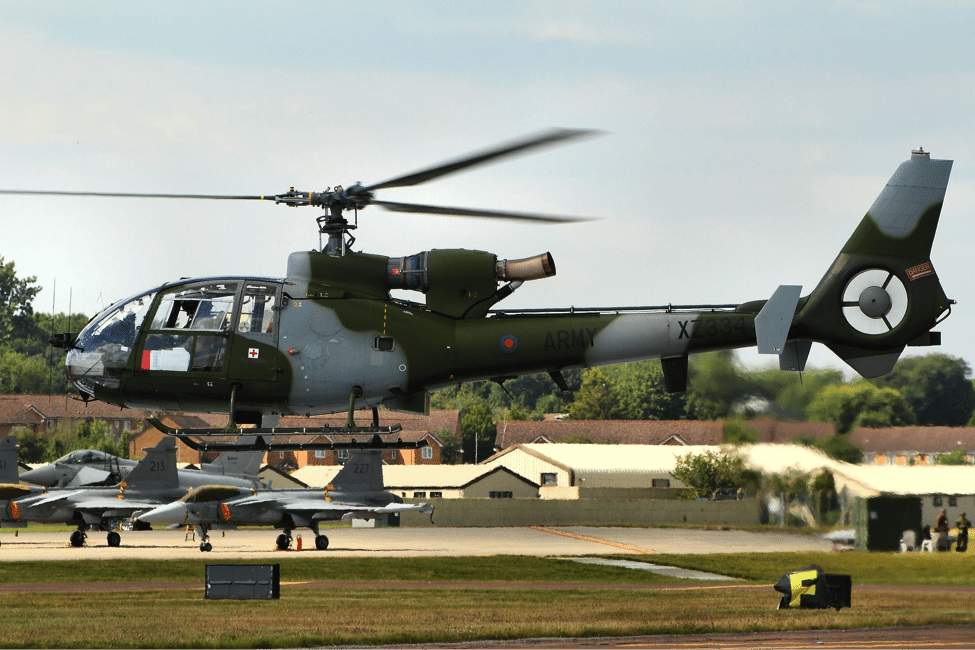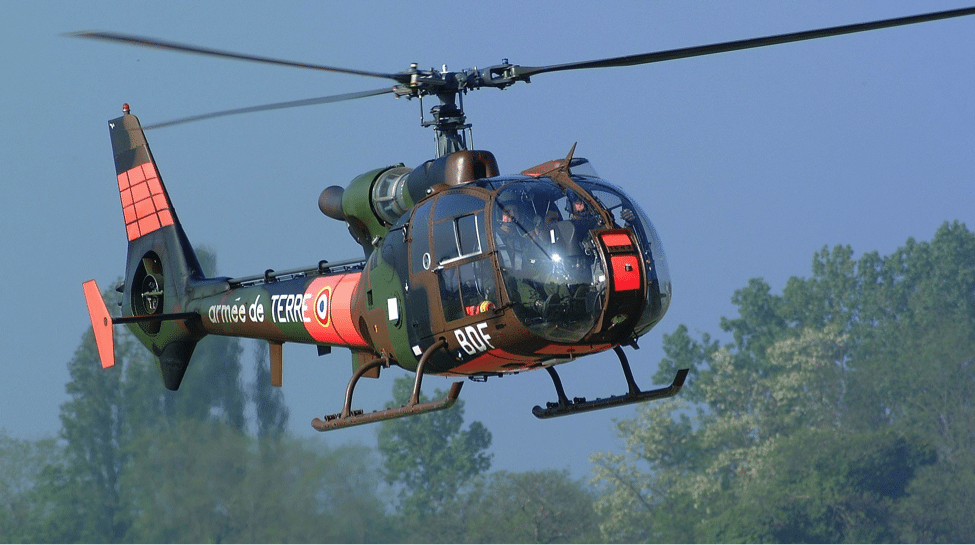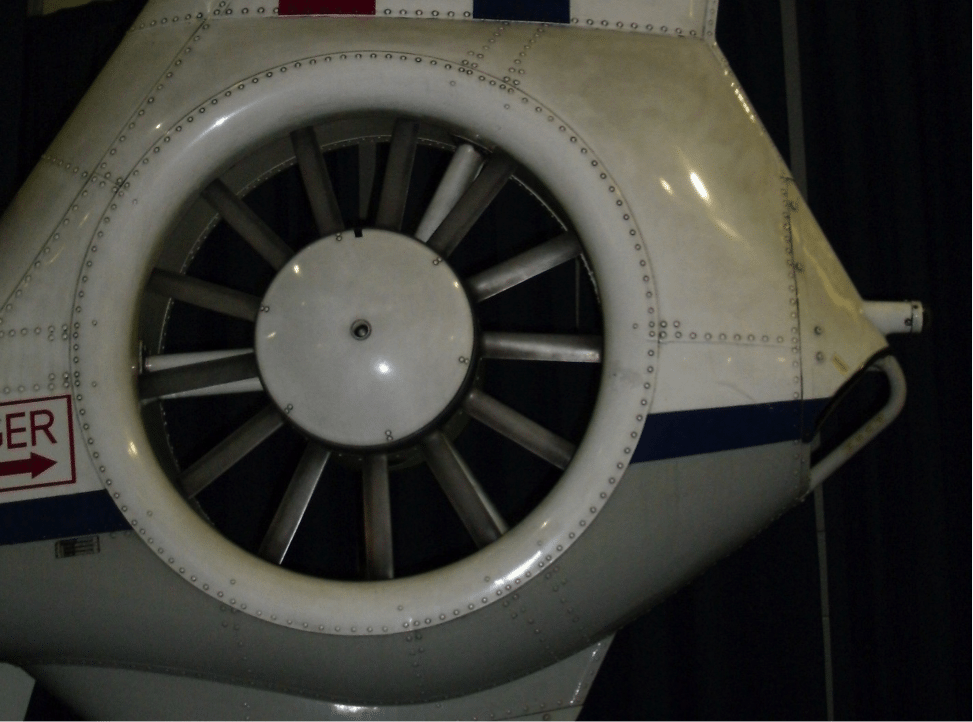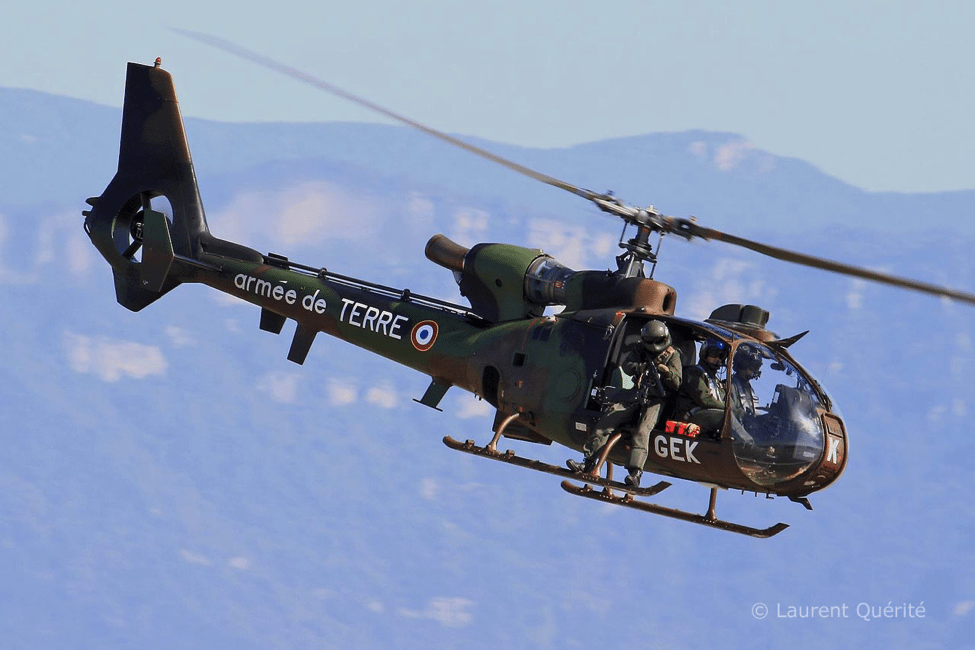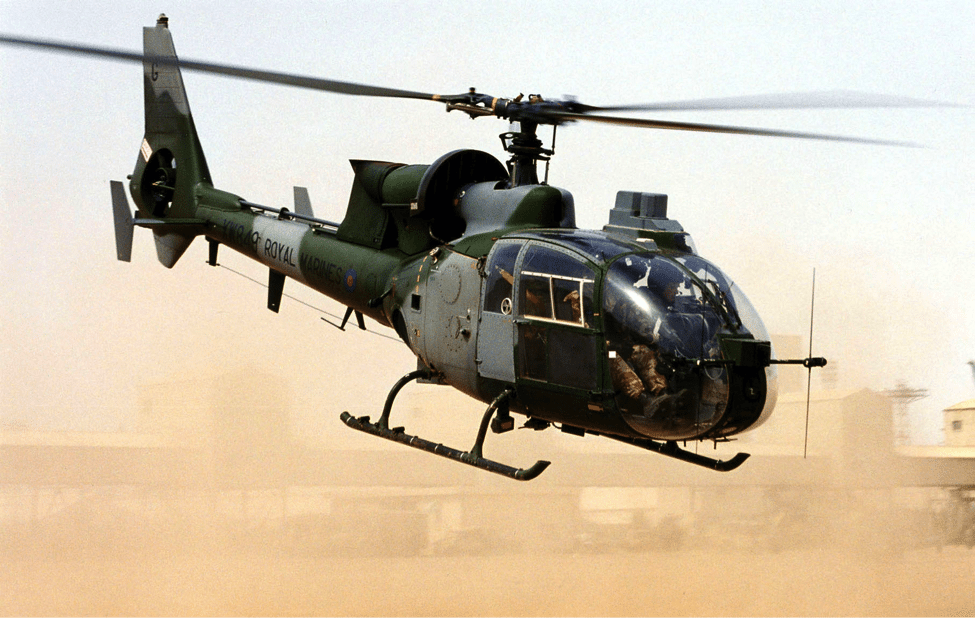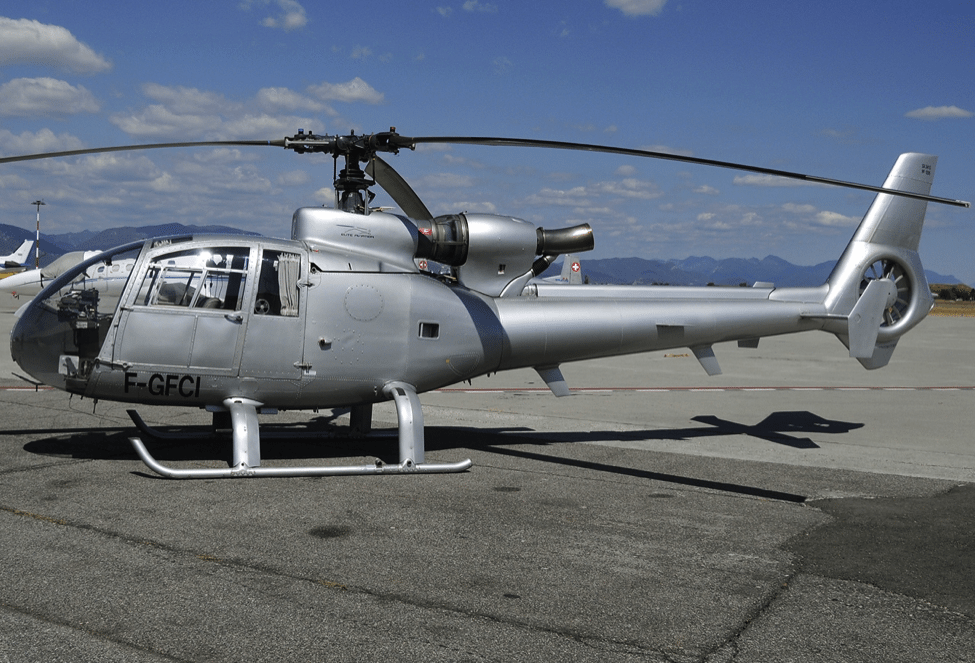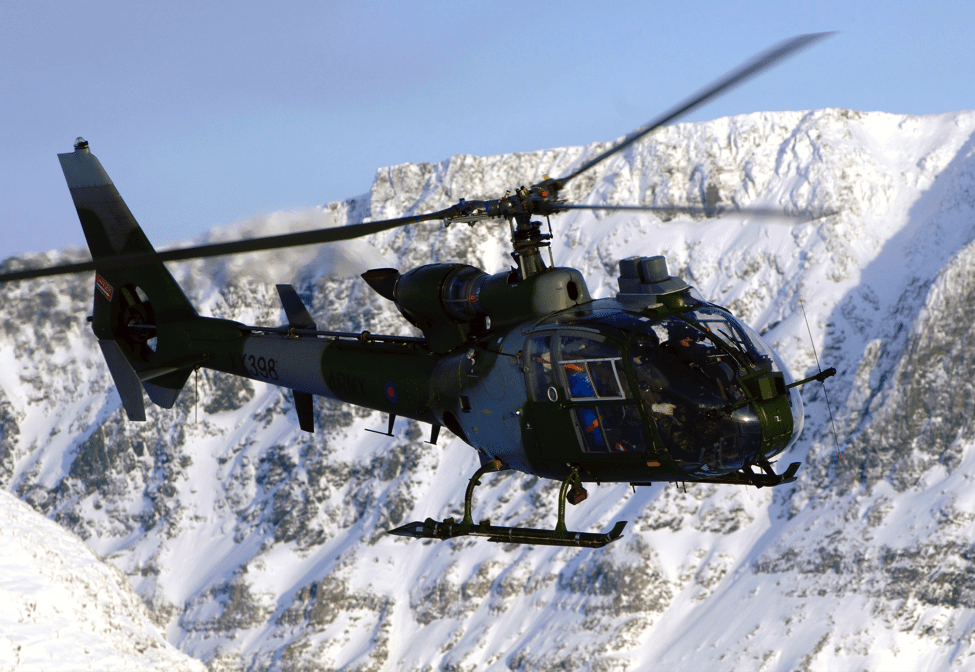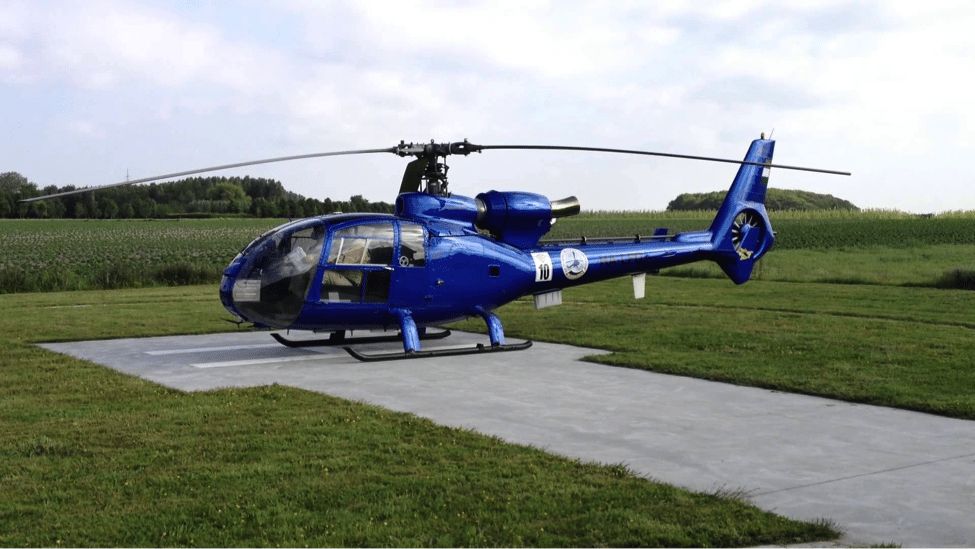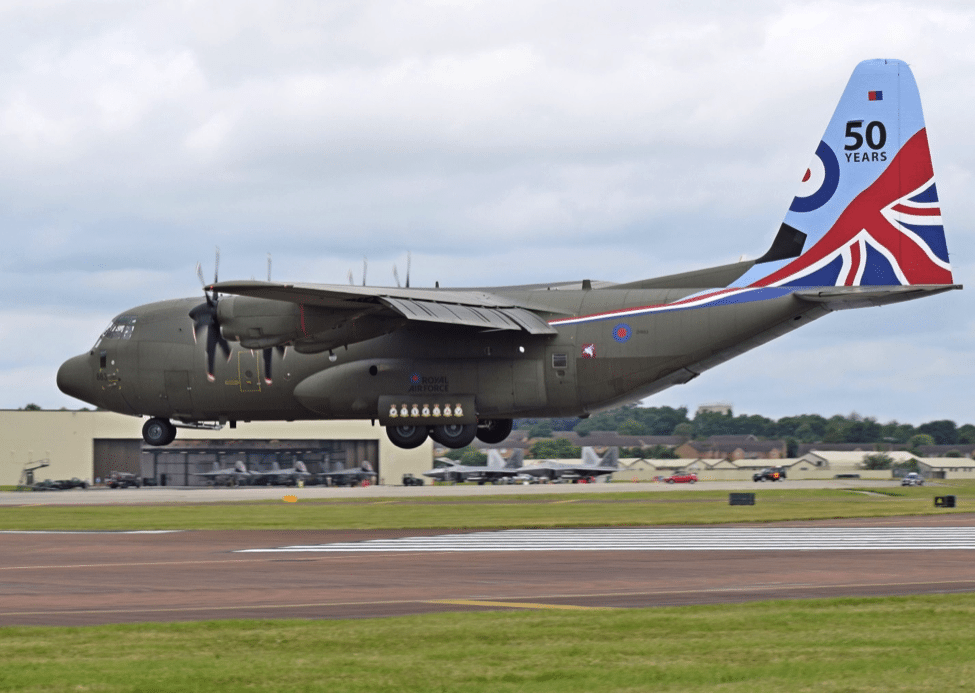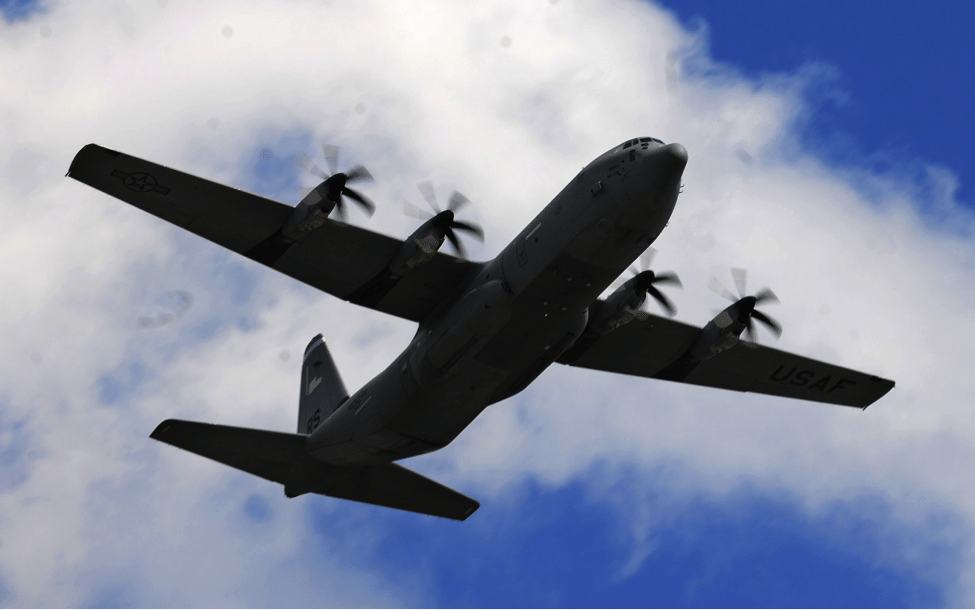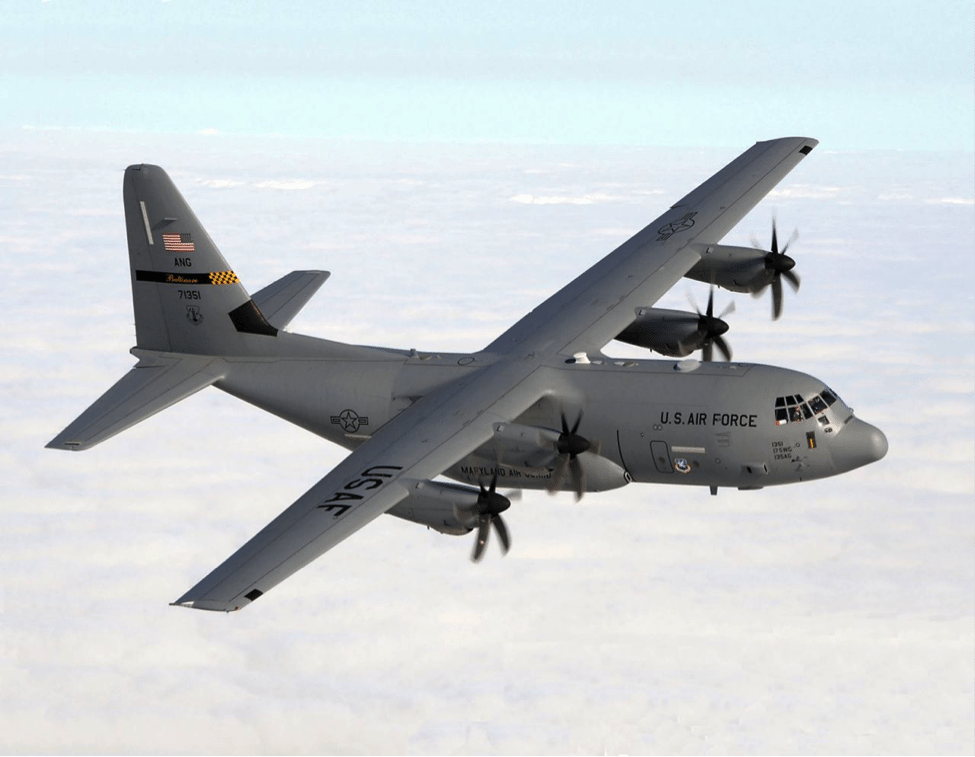The Navy’s Uniquely Capable All-Weather Attack Jet Went Where Others Feared to Fly
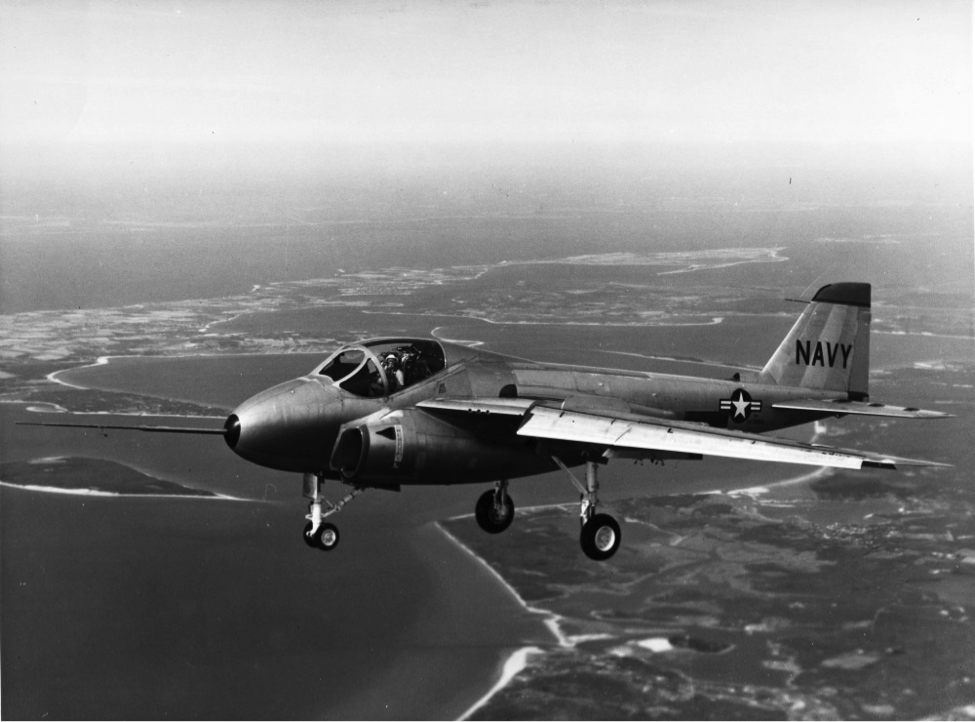
One of a Kind Indeed
On April 19th 1960, the prototype Grumman A-6 Intruder, Grumman model G-128 and designated the YA2F-1, BuAer 147864, lifted off from Grumman’s Calverton facility for the first time. Nearly 37 years and 693 Intruders later, on February 28th 1997, Medium Attack Squadron 34 (VA-34), the Blue Blasters, retired the Navy’s last operational A-6E Intruders. Those 37 years were remarkable in many ways. The Intruder was one of a kind, and we’ll probably never see another aircraft like it. Or one as capable.
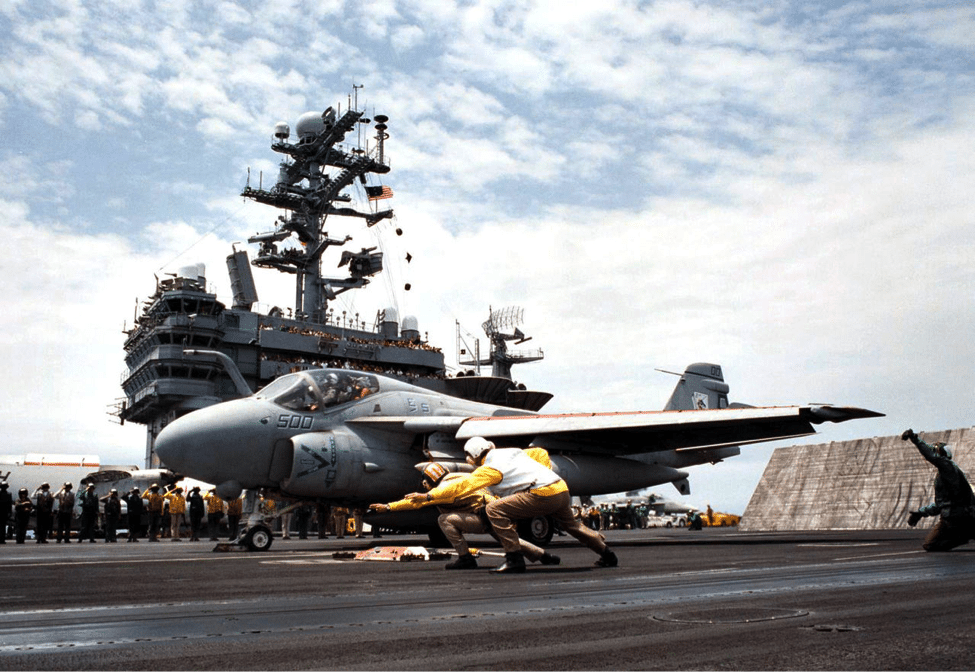
Conceived in STOL
The A-6 originally had swiveling exhaust nozzles (up to 23 degrees downward) intended to shorten takeoffs and landings. Flight testing revealed that performance was not significantly improved by variable thrust direction so the swiveling exhaust nozzles were removed. This was the reason for the location of the Pratt & Whitney J52-P6 engines on the airframe, and the reason why they could be dangerous to deck crews. The exhaust nozzles on the production A-6 were still angled a couple of degrees outward in order to avoid turbulence at the horizontal stabilizers.

The Competition
The initial US Navy Bureau of Aeronautics (BuAer) proposal received 11 different submissions from Bell, Boeing, Douglas, Lockheed, Martin, North American, and Vought. And of course Grumman. The Grumman A-6 design team was led by Lawrence Mead Junior. Mead was also instrumental in the design and development of two other notable Grumman products; The F-14 Tomcat and the Lunar Excursion Module (LEM) that took our Apollo astronauts to the surface of the moon.
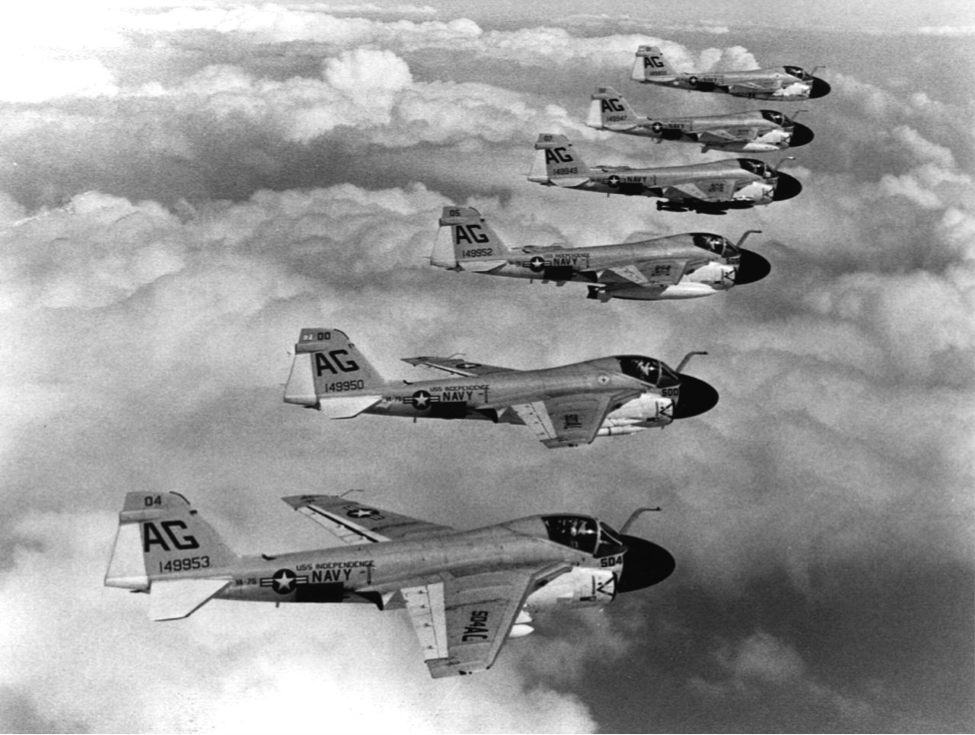
Decelerons and Brakes
The Navy awarded Grumman a contract to build eight A2F-1s in February 0f 1958. The first delivery of an A-6A Intruder to the US Navy was to the A-6 Fleet Replacement Squadron (FRS) VA-42 Green Pawns on February 7th 1962. The A-6A became operational with VA-75 Sunday Punchers for the first time in 1963. A-6As had both fuselage and wing air brakes. The fuselage airbrakes caused controllability problems. The fuselage air brakes were removed, but the “decelerons” (often referred to as “boards”) on the wing remained. The Intruder subsequently retained leading edge slats and decelerons on all models.
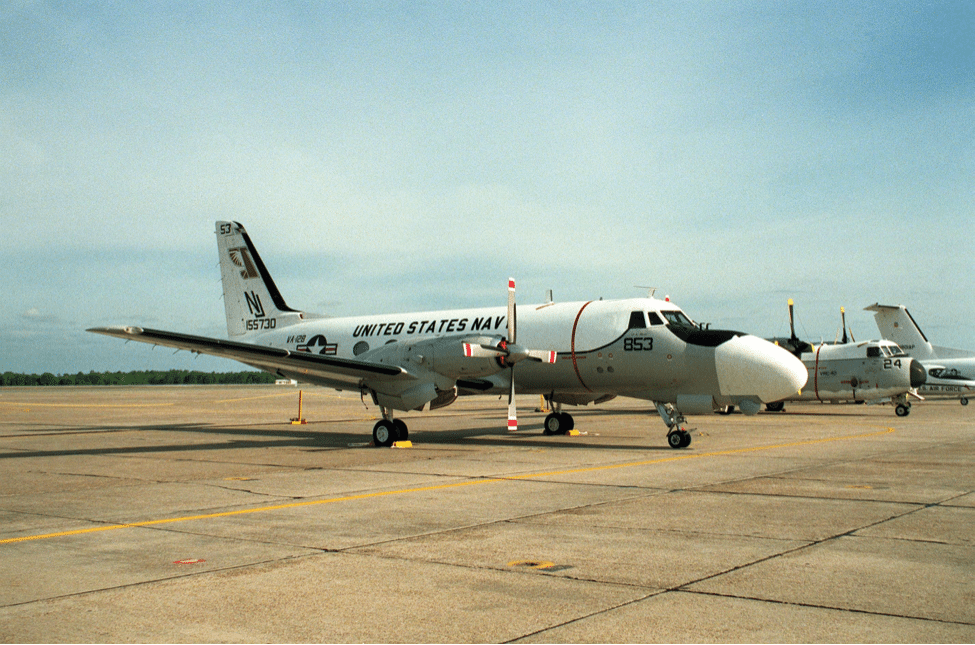
A Unique Office Arrangement
The two-place, side by side cockpit of the Intruder put the pilot on the port side of the aircraft and the bombardier-navigator (BN) on the starboard side. However, the BN’s seat was slightly lower and located farther aft. The Intruder was the first fleet aircraft with an integrated diagnostic system for aircraft status, called Basic Automated Checkout Equipment (BACE). In order to train Intruder crews and after finding Douglas TA-3B Skywarriors unsuitable, the Navy and Grumman built nine TC-4C Adademes, Gulfstream I twin-turbine executive aircraft with the nose section (and the associated electronics) of an Intruder faired onto the nose. These trainers were flown by the A-6 FRS.
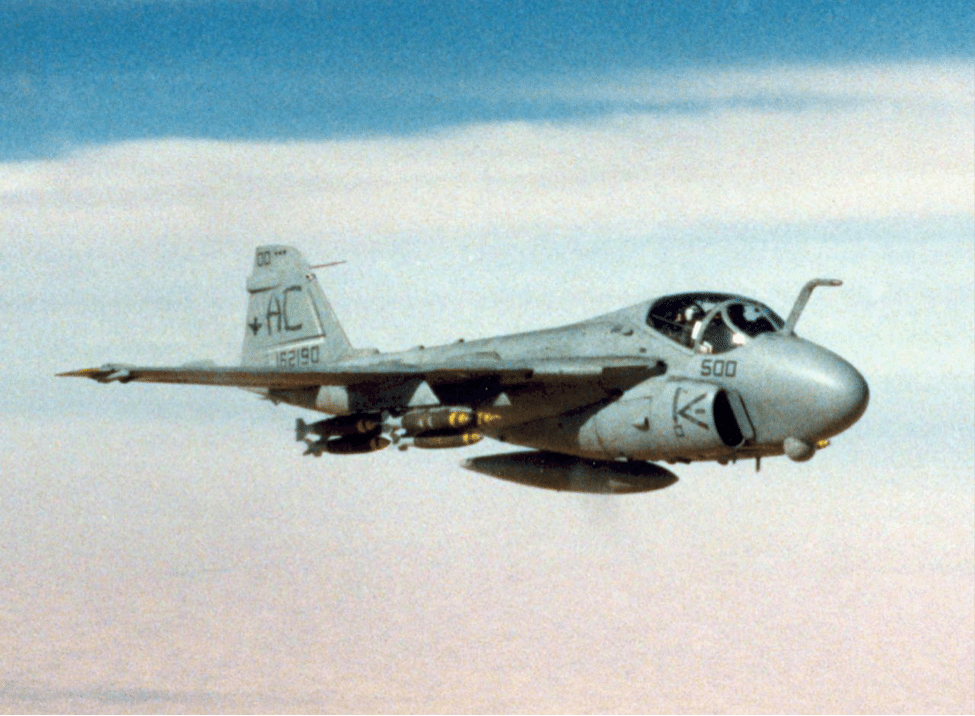
Ugly But Well Hung
The design of the Intruder was driven by the size of the two radars needing to be installed in the nose as well as desire to improve crew coordination by seating them side by side in the cockpit. The Intruder‘s large blunt nose and slender tail inspired a number of nicknames, including “Drumstick”, “Double Ugly”, “The Mighty Alpha Six”, and “Iron Tadpole.” But on its five wet (capable of carrying fuel) hard points the Intruder could carry and deliver a war load unlike any other Navy jet. For that, Double Ugly was one beautiful airplane.
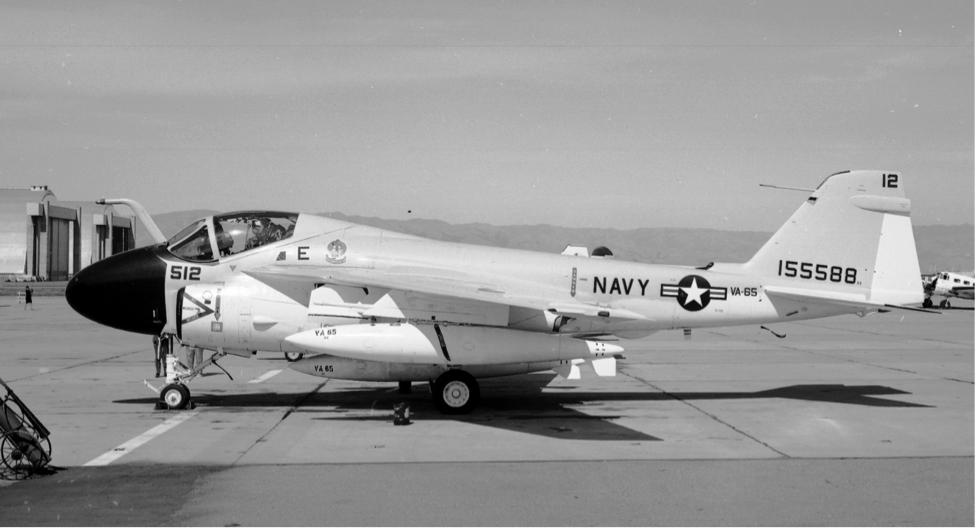
DIANE Makes Them Wonder
After the 1962 BuAer aircraft re-designations the A2F-1 became A-6A. The heart of the A-6A was the Digital Integrated Attack Navigation Equipment (DIANE) system, which provided an electronic display of targets and geographical features even in low visibility conditions. The iconic early example of the Intruder’s ability to hit targets any time was when two A-6As attacked a North Vietnamese power plant during a particularly dark and stormy night. The Intruders dropped 26 Mark 82 500 pound bombs on the target, but the damage they caused convinced those on the ground that B-52s had carried out the attack instead.
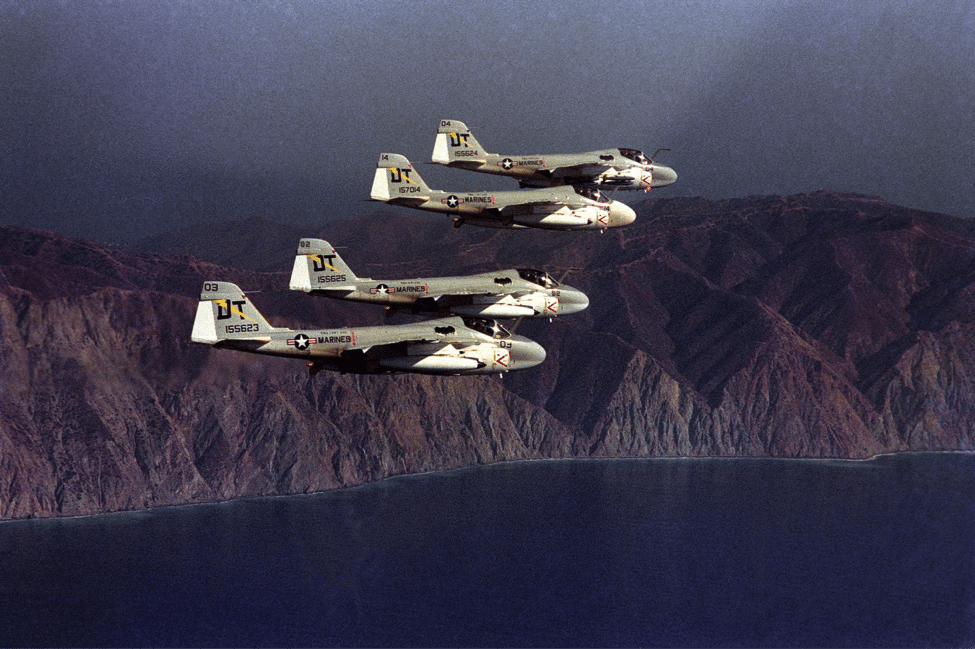
To War in Vietnam
Intruders first went to war in Southeast Asia during 1965 aboard USS Independence (CVA-62). The first Intruder loss in Vietnam took place on July 14th 1965 when Navy Lieutenants Donald Boecker and Donald Eaton of VA-75 Sunday Punchers with CVW-17 aboard USS Independence (CVA-62) were shot down. Both pilot and BN ejected and both survived. The Navy and Marines lost a total of 84 Intruders during the Vietnam War (to all causes) while flying more than 35,000 sorties. Marine Intruder squadrons remained shore-based throughout the Vietnam War, with one notable exception: VMA(AW)-224 Fighting Bengals replaced VA-35 Black Panthers as the all-weather attack squadron in CVW-15 when they deployed aboard USS Coral Sea (CVA-43) during her 1971-1972 WestPac. The last Intruder loss in Vietnam took place on January 24th 1973 when Navy Lieutenants C.M. Graf and S.H. Hatfield of VA-35 Black Panthers with CVW-1 aboard USS America (CVA-66) were shot down. Both pilot and BN ejected and survived.

Ruling With an Iron Hand
The 19 A-6B variants built were originally intended to be a clear-air (not all-weather capable) versions of the A-6A but were instead adapted to perform the air defense/surface-to-air missile (SAM) defense role, or in Navy parlance, Iron Hand missions. The A-6Bs saw above-average losses, in part due to the inherent risk of the Iron Hand mission itself. Because the basic A-6A was also capable of employing the anti-radar missile of the day, the AGM-78 Standard ARM, the 14 surviving A-6Bs (5 were lost in combat) were eventually reworked to the A-6E specification during the mid-1970s.
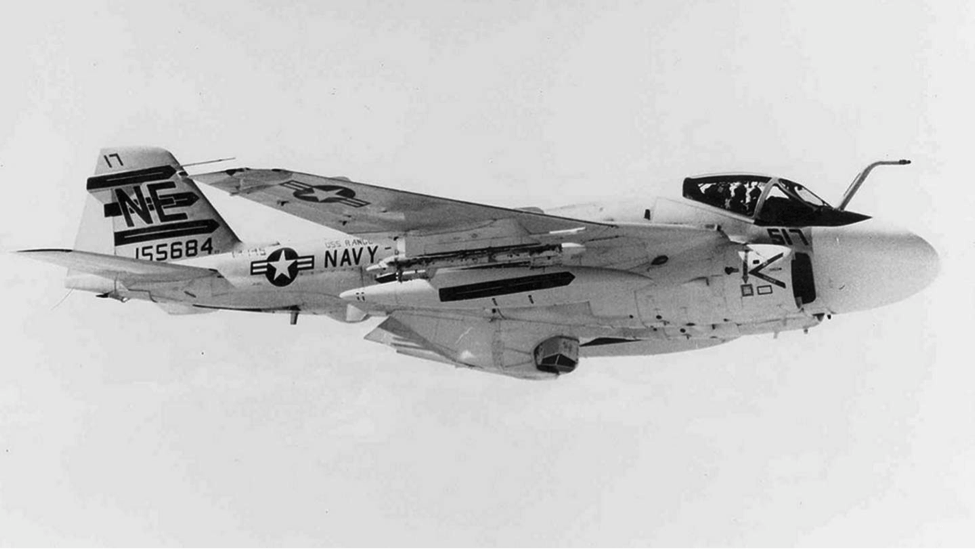
The TRIM Difference
The 12 A-6C variants built were fitted with the Trails Roads Interdiction Multi-sensor (TRIM) mounted in a mid-bottom fuselage location. This early version of a Forward-Looking Infrared (FLIR) and Low Light-Level Television (LLLTV) set was capable of detecting vehicles, trains, and other targets at night, turning the A-6C into a night hunter. The A-6C also carried the “Black Crow” engine ignition sensor for truck targeting. The first squadron to fly the A-6C in combat was VA-165 Boomers with CVW-9 aboard USS America (CVA-66). The A-6Cs were all eventually reworked to the A-6E specification, but the TRIM-equipped A-6Cs blazed a trail for the A-6E TRAM to follow.

Dedicated TexacoTadpoles
78 A-6As and 12 A-6Es were reworked for use as KA-6D tanker aircraft. The fleet’s KA-3B and EKA-3B Skywarriors were getting long in the tooth and never were exactly dainty aircraft. The Intruder tanker conversions were completed during the early 1970s. Most of the mission-specific electronic equipment was removed from these dedicated “Texaco” tankers. The age old NavAir edict stating “you can never too much gas in the air” was eased somewhat by the presence of the KA-6Ds but there weren’t enough of them to go around. Each squadron was equipped with three or four of them and they were often swapped (cross-decked) from carrier to carrier as one returned from deployment and another departed. They were eventually replaced by another re-tasked aircraft- the Lockheed S-3 Viking. Now they use Super Hornets!
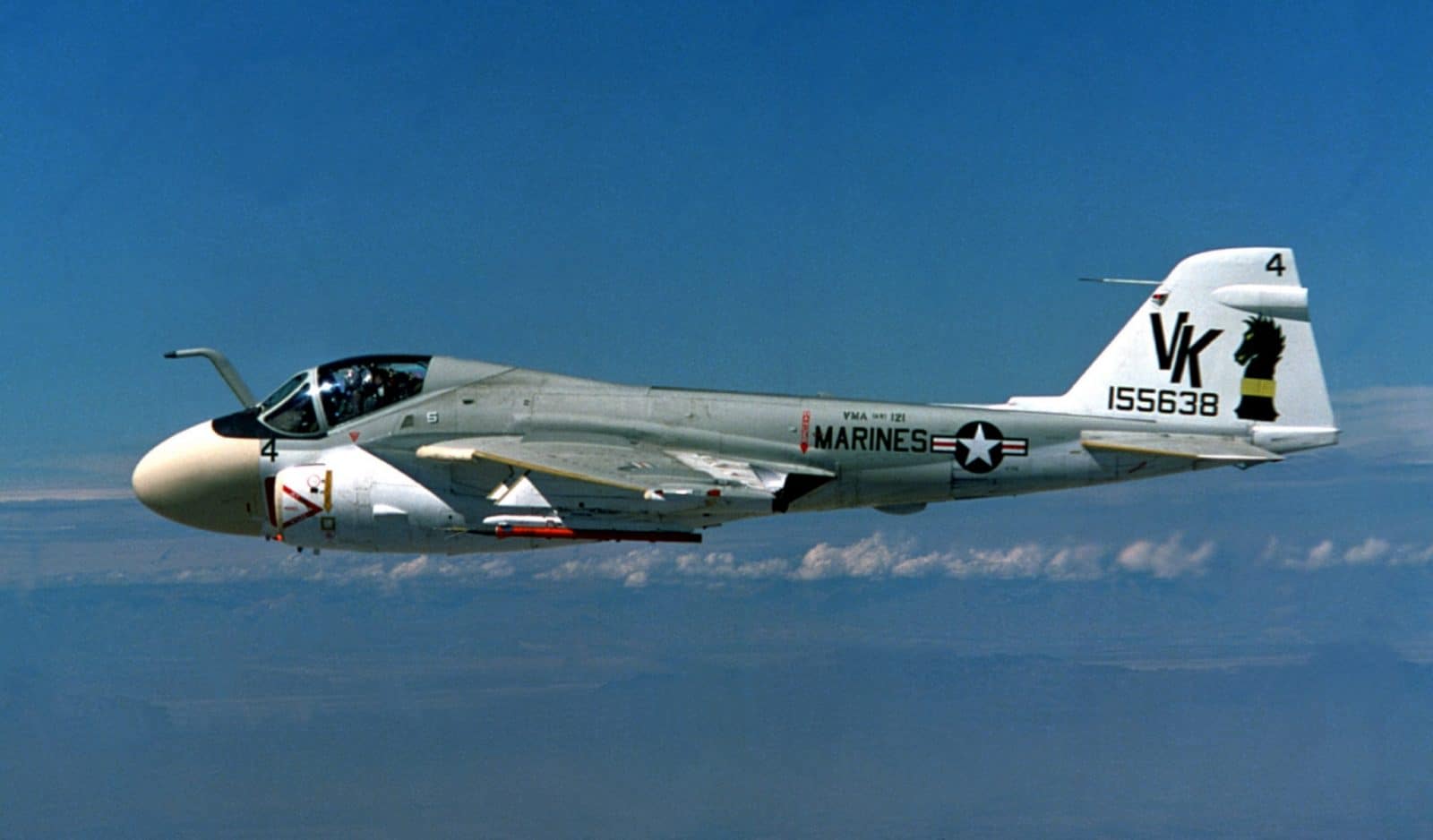
Leatherneck Intruders
The Marine Corps operated Intruders with distinction for many years. Marine Corps All Weather Attack Squadrons VMA(AW)-121 Green Knights, VMA(AW)-224 Bengals, VMA(AW)-225 Vagabonds (later AKA Vikings), VMA(AW)-242 Batmen (later AKA Bats), VMA(AW)-332 Moonlighters (earlier AKA Polkadots), VMA(AW)-533 Hawks, and VMAT(AW)-202 Double Eagles (Fleet Replacement Squadron) all flew the A-6.
